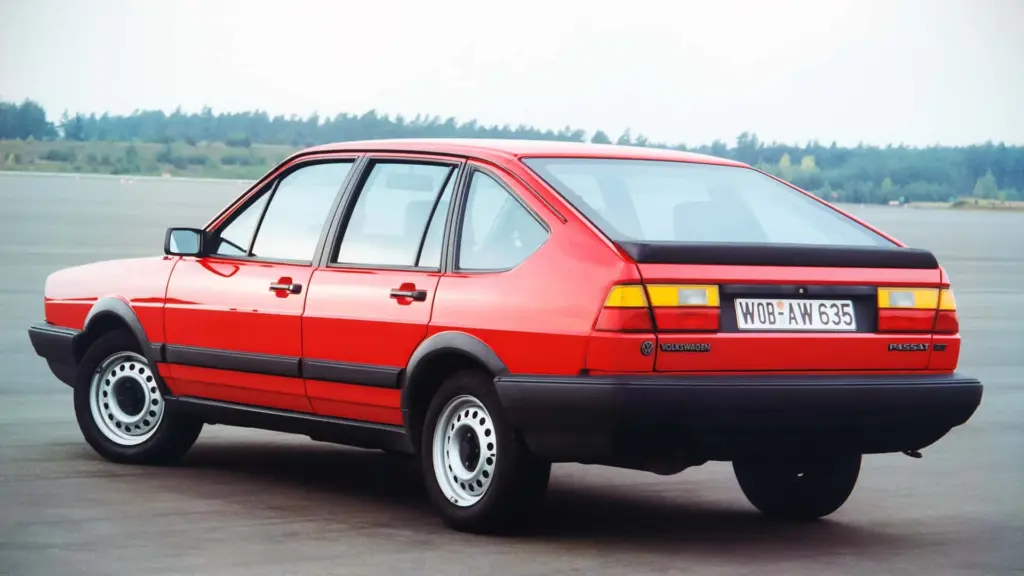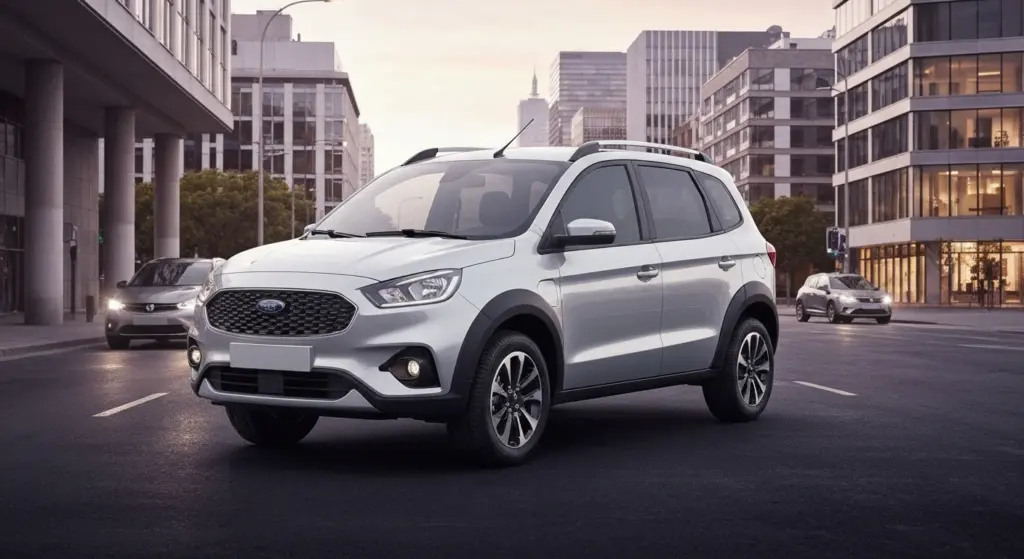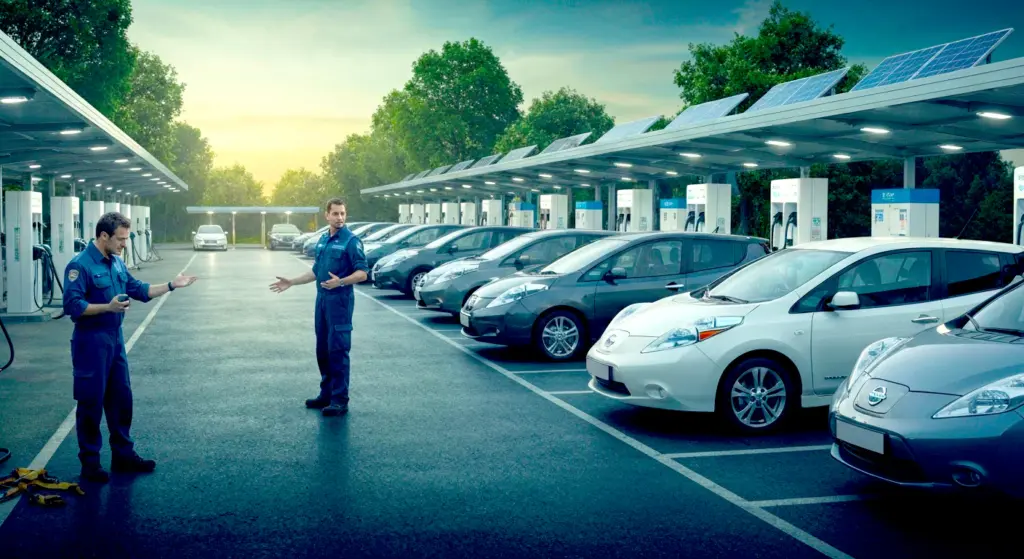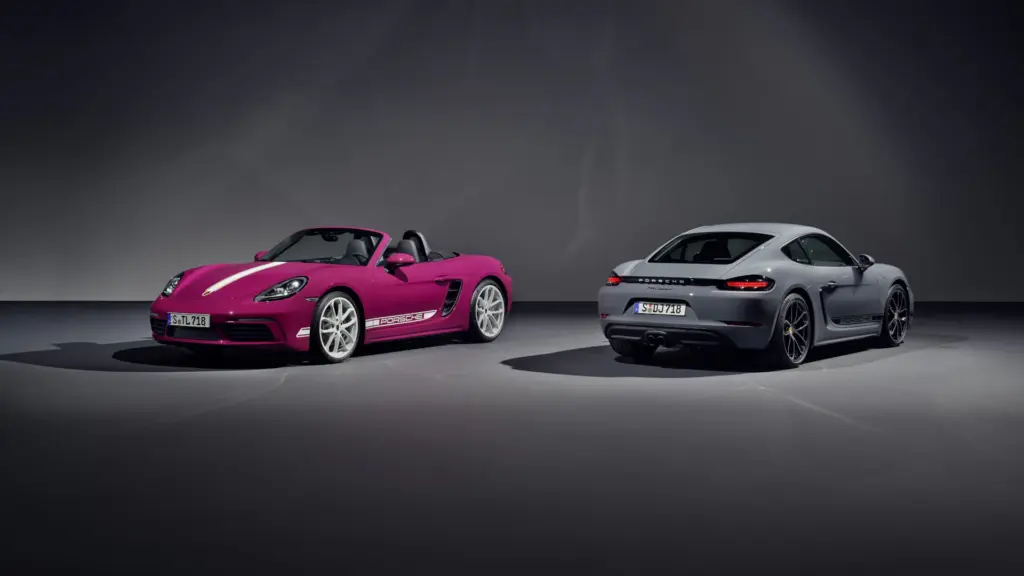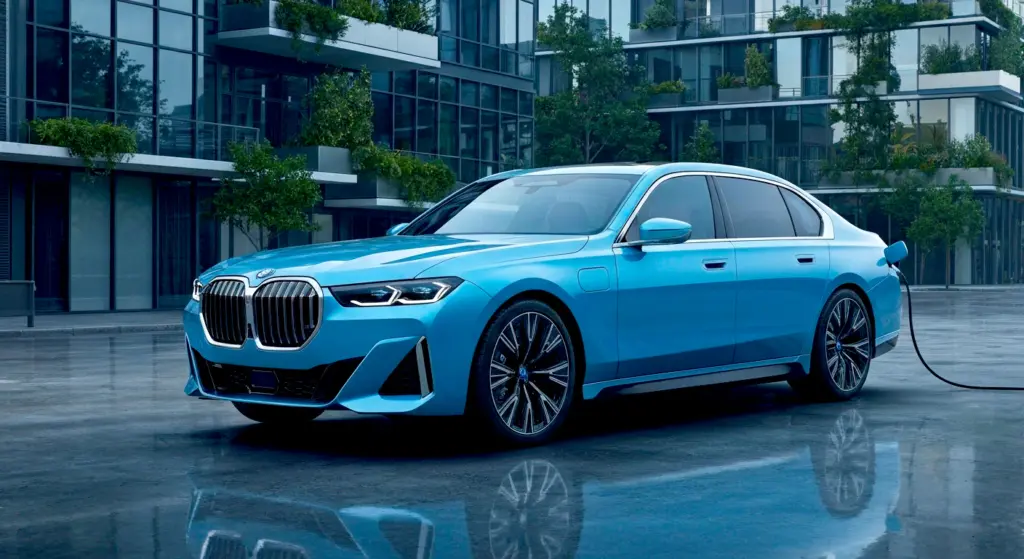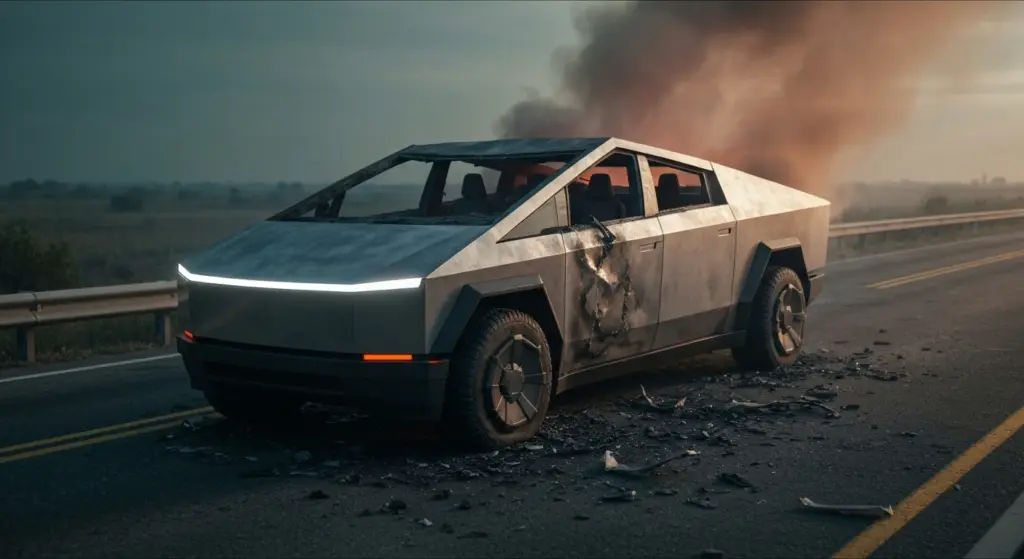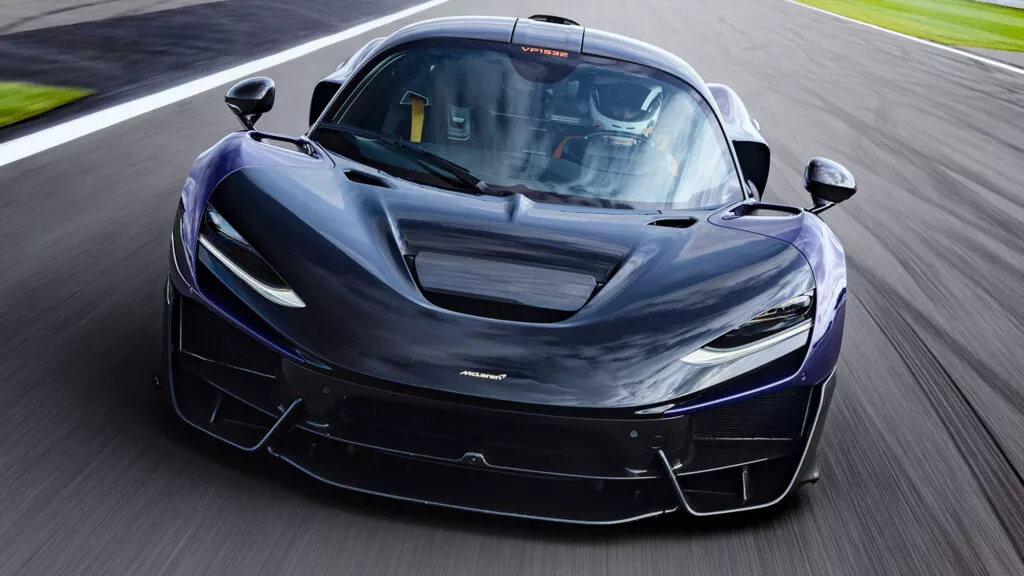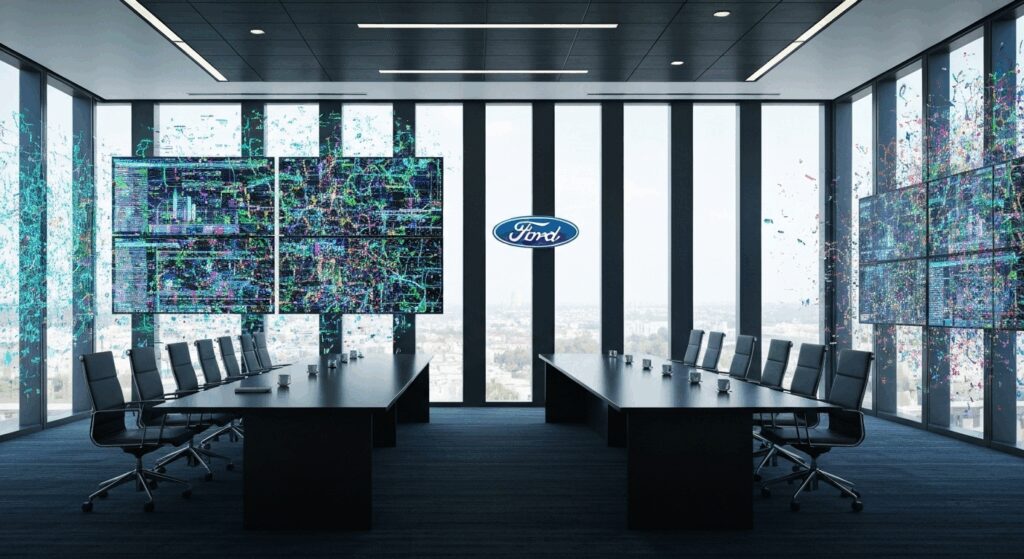Get ready for a new approach in the world of electric vehicles! The 2027 Slate Truck, from startup Slate Auto, promises to shake up the market with a bold proposition: a compact electric pickup that is affordable and designed to be your “blank canvas” for customization. Backed by names like Jeff Bezos, this Michigan initiative targets buyers looking for simplicity, functionality, and the freedom to modify their vehicle.
The Concept: Low Price and Versatility
The big promise of the Slate Truck is its price. With an estimated starting value around $25,000, the pickup has the potential to cost less than $20,000 in the United States, considering federal tax credits for EVs. This price range positions it as one of the most affordable electric vehicles announced to date, aiming to democratize the adoption of electric pickups.
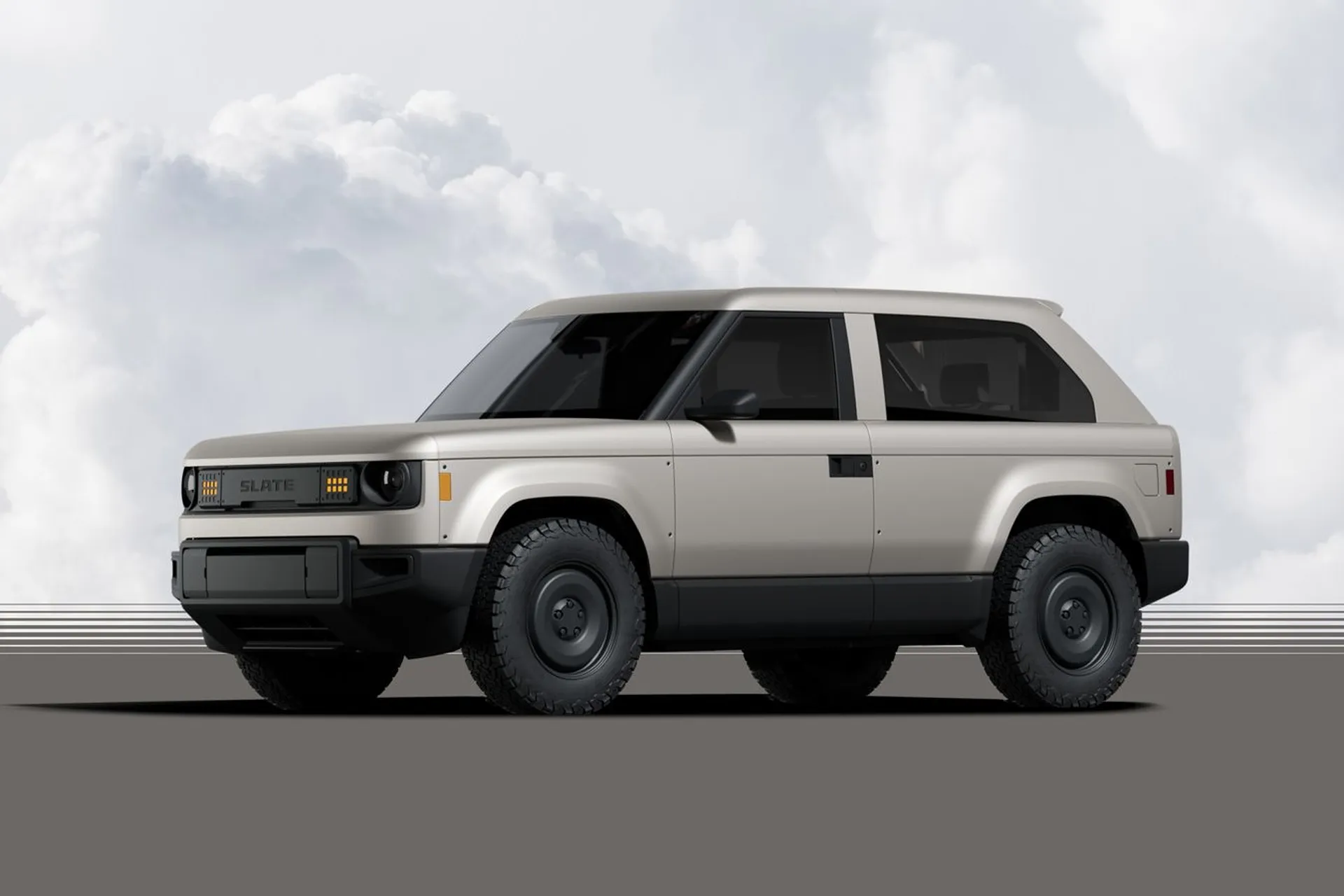
Production is planned to begin in late 2026 at a factory near Indianapolis, with the first deliveries expected in early 2027. According to reports from InsideEVs, Slate Auto is already accepting refundable deposits for those who want to secure a unit. The goal is clear: to offer a functional and economical alternative to pricier models on the market.
Technical Specifications: The Essentials
Don’t expect performance figures to rival supercars, as that’s not the aim here. The Slate Truck focuses on efficiency and delivering the basics for daily use or light work loads. It comes with a standard 52.7 kWh battery, offering an estimated range of approximately 150 miles (about 241 km). For those needing to go further, there is a larger 84.3 kWh battery option that boosts the range to around 240 miles (approximately 386 km).
The powertrain is straightforward: a single motor with rear-wheel drive, delivering 201 horsepower and 195 lb-ft of torque. This translates to a 0 to 60 mph (96 km/h) acceleration in about 8 seconds, with a top speed limited to 90 mph (145 km/h). By comparison, other affordable EVs on the market may offer varying ranges, as seen in our in-depth analysis of the Kia EV3: Complete Technical Specifications, Price, and Detailed Range, which focuses on a different segment but illustrates the diversity in range.
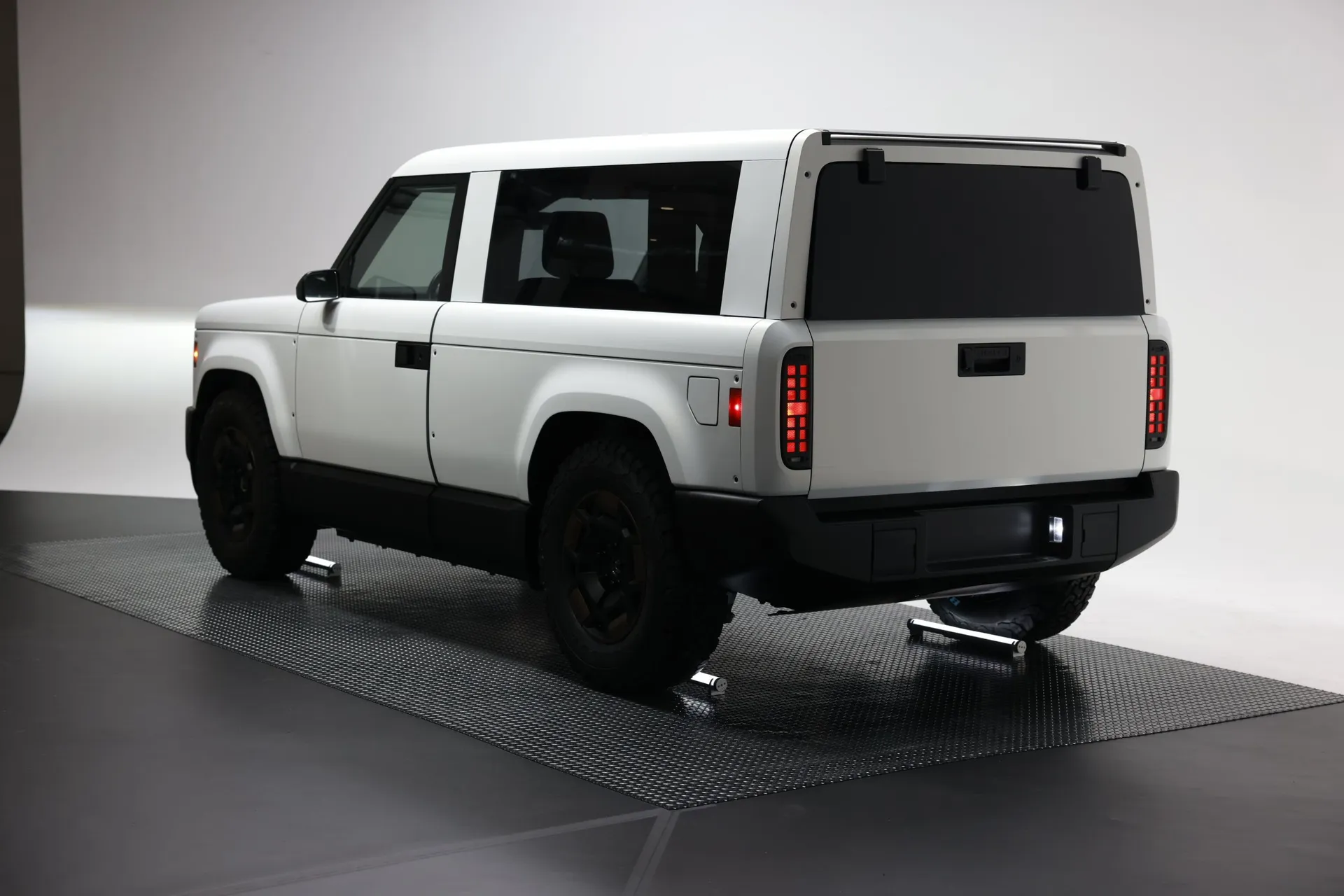
Capacity and Dimensions
| Feature | Detail |
|---|---|
| Payload Capacity | 1,433 lbs (650 kg) |
| Towing Capacity | 1,000 lbs (453 kg) |
| Length | 175 inches (4.45 m) |
| Width | 71 inches (1.80 m) |
| Height | 69 inches (1.75 m) |
| Bed Length | 60 inches (1.52 m) |
| Frunk (Front Trunk) | 7 cubic feet (198 liters) |
The 1,433-pound payload capacity is reasonable for a compact pickup. However, the towing capacity of only 1,000 pounds is notably low for the category, which may limit its appeal to those needing to haul heavy trailers regularly. The compact dimensions, on the other hand, make it agile for urban use.
In terms of charging, the Slate Truck uses Tesla’s NACS port, which is an advantage considering the growing network of compatible Superchargers. It supports DC fast charging of up to 120 kW, allowing it to go from 20% to 80% charge in about 30 minutes. For home charging, it is compatible with Level 2 (11 kW) and Level 1 (3.6 kW). The fast charging speed is competitive for its price range.
Design and the “Blank Slate” Philosophy
The look of the Slate Truck is intentionally minimalist and functional. With a simple cabin design for two occupants and a retro, boxy style reminiscent of compact pickups from the 80s, such as the Ford Ranger of that era, it stands out for its raw simplicity. There are no visual frills, just clean and utilitarian lines.
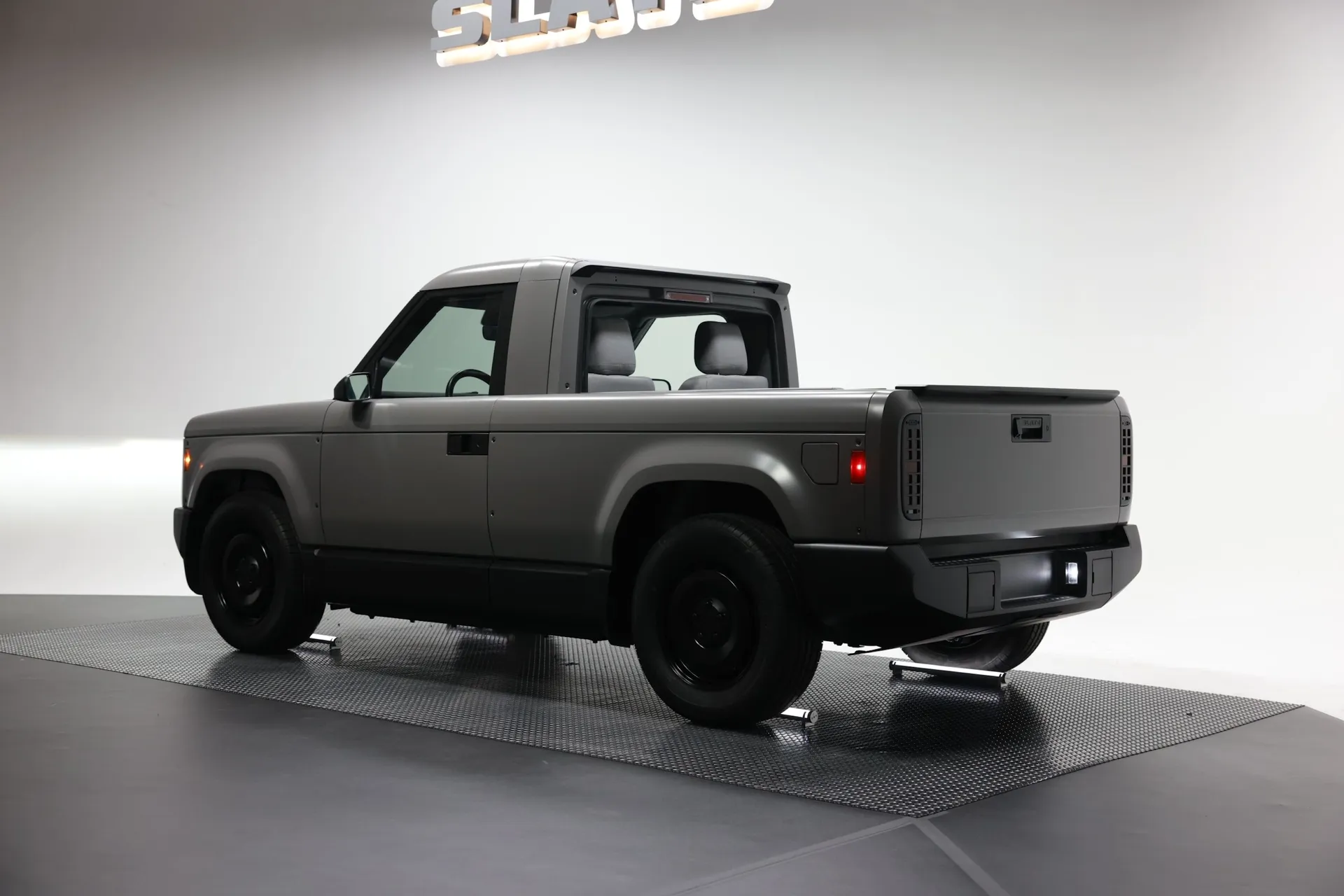
The interior is where the “blank slate” philosophy really shines—or rather, doesn’t shine, as it is stripped down to the extreme. Expect manual crank windows, manual fabric seats, and believe it or not, **no native touch screen**. Instead, there is a universal mount and USB ports for the owner to use their own phone or tablet as the multimedia and navigation center. This minimalist approach contrasts with interiors packed with screens, like the one we discussed in New Honda GT: Electric Beauty or Nightmare with 6 Screens?, showcasing different visions for the automotive future.
To reduce manufacturing costs and simplify the process, the pickup will be offered in a single color: Slate Gray. This removes the need for an expensive painting line at the factory. Despite the simplicity, essential safety features are present, such as automatic emergency braking, multiple airbags, and a rear camera displayed on the driver’s digital panel.
The Customization Ecosystem
Slate Auto is betting heavily on an accessory-based business model, similar to the success of brands like Jeep or Harley-Davidson. The idea is that profit margins will come from selling parts and customization kits, transforming the base vehicle into something unique for each owner. They plan to offer over 100 accessories at launch, including:
- SUV conversion kit (adds rear seats, protective cage, airbags, and body panels for a five-seat configuration).
- Kits for power windows (yes, you buy the power windows as an accessory!).
- Seat covers and vinyl wraps to change the exterior color.
- Upgrades for wheels and center console.
To encourage DIY, Slate Auto plans to launch “Slate University,” a platform with tutorials to help owners make modifications and install accessories themselves. This is a smart strategy to engage the community and create added value beyond the base vehicle.
Production Strategy and Market Position
Slate Auto’s goal is ambitious: to reach a production of 150,000 vehicles per year by 2027-2028. To achieve this, they are heavily investing in a factory in the Midwest and implementing drastic cost-cutting measures. In addition to the single color, they use identical door handles and taillights on both sides and avoid employing complex metal stamping presses, which according to the company, can save between $350 and $500 million.
The target audience is younger buyers, small businesses, and customization enthusiasts who value functionality and personalization over luxuries and complex embedded technologies. This strategy uniquely positions it in the market, competing more directly with gasoline compact pickups, such as the Ford Maverick (which starts at $25,515), than with larger and more expensive electric pickups, like the Tesla Cybertruck. In the pickup market, even electrified models like the Nissan Frontier Pro Plug-In Hybrid: The Electrifying Surprise! tend to have higher price points.
The starting price, especially after incentives, positions it as one of the most accessible EVs, similar to the appeal of models like the Chery QQ Electric: The Futuristic Return of an Urban Icon in other segments, although with a very different usage proposition.

Quick Comparison
| Feature | Slate Truck (Estimated) | Ford Maverick (Gasoline – Base) |
|---|---|---|
| Base Price (USD) | ~25,000 | ~25,515 |
| Powertrain | Electric (RWD) | Gasoline/Hybrid (FWD/AWD) |
| Range (Miles) | ~150 (base) / ~240 (optional) | ~400 (gasoline) / ~500+ (hybrid) |
| Towing Capacity (lbs) | 1,000 | 2,000 – 4,000 |
| Seats | 2 | 5 |
As the table shows, the Slate Truck competes on price but sacrifices range, towing capacity, and seating compared to a popular gasoline compact pickup like the Maverick. Its advantage is being 100% electric right from the start in its price range.
The Challenges and the Future
Despite the interesting proposition, the Slate Truck faces significant challenges. The limited range (150-240 miles) may not be sufficient for many traditional pickup buyers, especially those who need to travel long distances or use the vehicle for heavy work. The low towing capacity is another weak point for a vehicle that aims to be utilitarian. According to MotorTrend, these numbers position it more as a “mini-truck” for light use.
The success of Slate Auto will crucially depend on its ability to scale production while keeping costs low, the continued availability of tax credits for EVs, and the final quality of assembly. Recent reports, such as from TheDrive, noted that early prototypes showed somewhat rough build quality, raising concerns about the final finish of production vehicles.
The focus on the accessory ecosystem is a way to create sustainable revenue, but it requires a large and engaged base of owners. It remains to be seen if the appeal of DIY customization will be enough to overcome limitations in performance and practicality for a larger segment of the market.
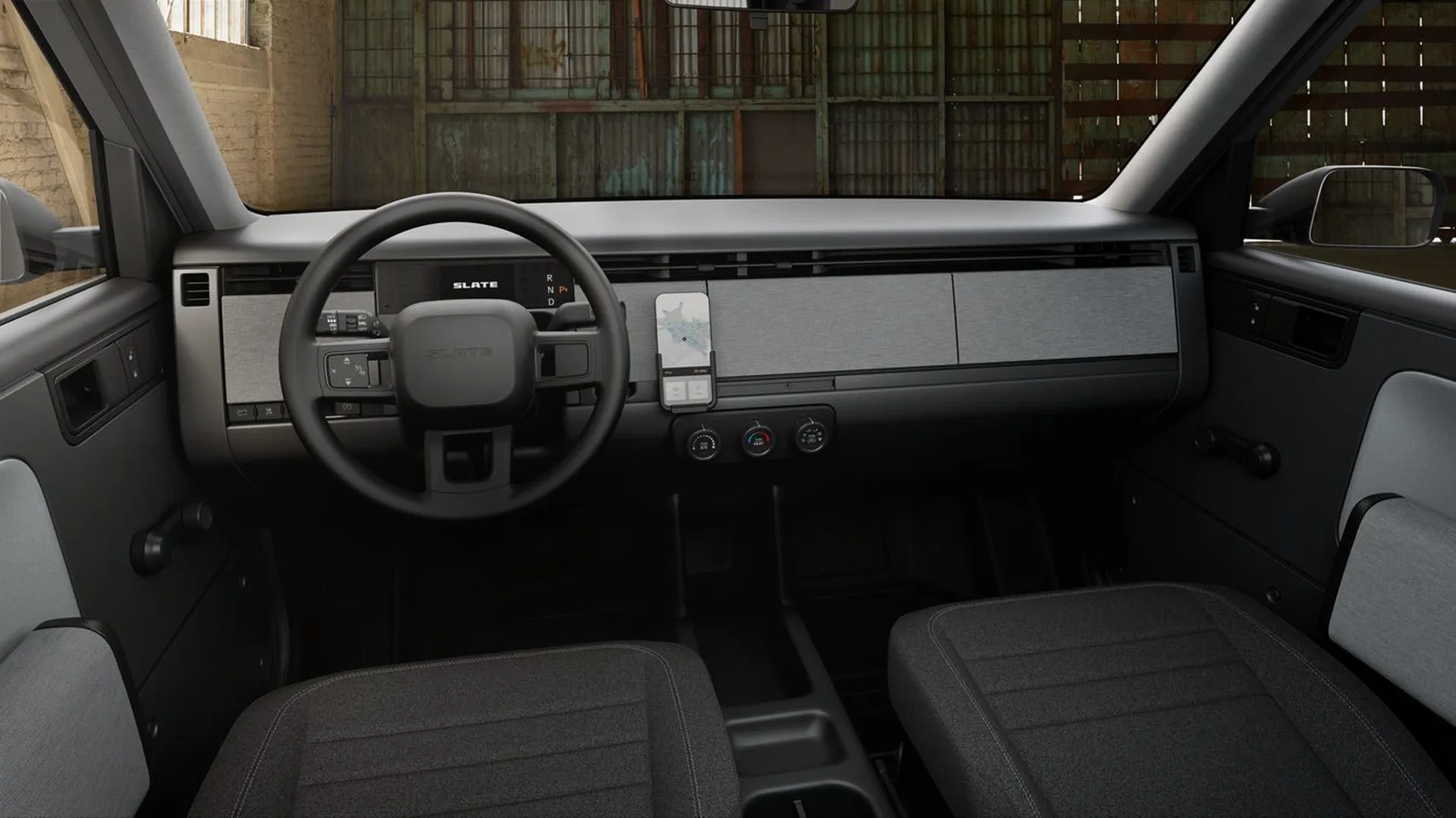
Frequently Asked Questions (FAQ)
- What is the estimated price of the 2027 Slate Truck?
A: The base price is approximately $25,000, which could drop to under $20,000 with federal tax credits in the U.S. - What is the range of the Slate Truck?
A: The standard version has a range of about 150 miles (approximately 241 km). The version with the optional larger battery reaches 240 miles (approximately 386 km). - When will the Slate Truck be available?
A: Production starts in late 2026, with deliveries expected in early 2027. - Is it possible to customize the Slate Truck?
A: Yes, customization is a central point. Slate Auto will offer over 100 accessories and tutorials for DIY modifications. - How many passengers does the Slate Truck accommodate?
A: The pickup version has a single cab for 2 passengers. A conversion kit for an SUV will be available to transform it into a 5-seater.
Honestly, the Slate Truck is fascinating for its boldness. In a market where EVs are becoming increasingly complex and expensive, Slate Auto is going against the grain by betting on radical simplicity and affordable pricing. It’s a high-risk move, but one that can attract a niche of buyers tired of giant screens and features they never use. The limitations in range and towing are real and may drive away the traditional pickup buyer, but for those seeking a basic, functional electric vehicle with unlimited customization potential, it could be the perfect option. It’s a literal “blank slate” for anyone who enjoys getting their hands dirty and having something truly unique.
What do you think of the Slate Truck proposal? Leave your comment below!


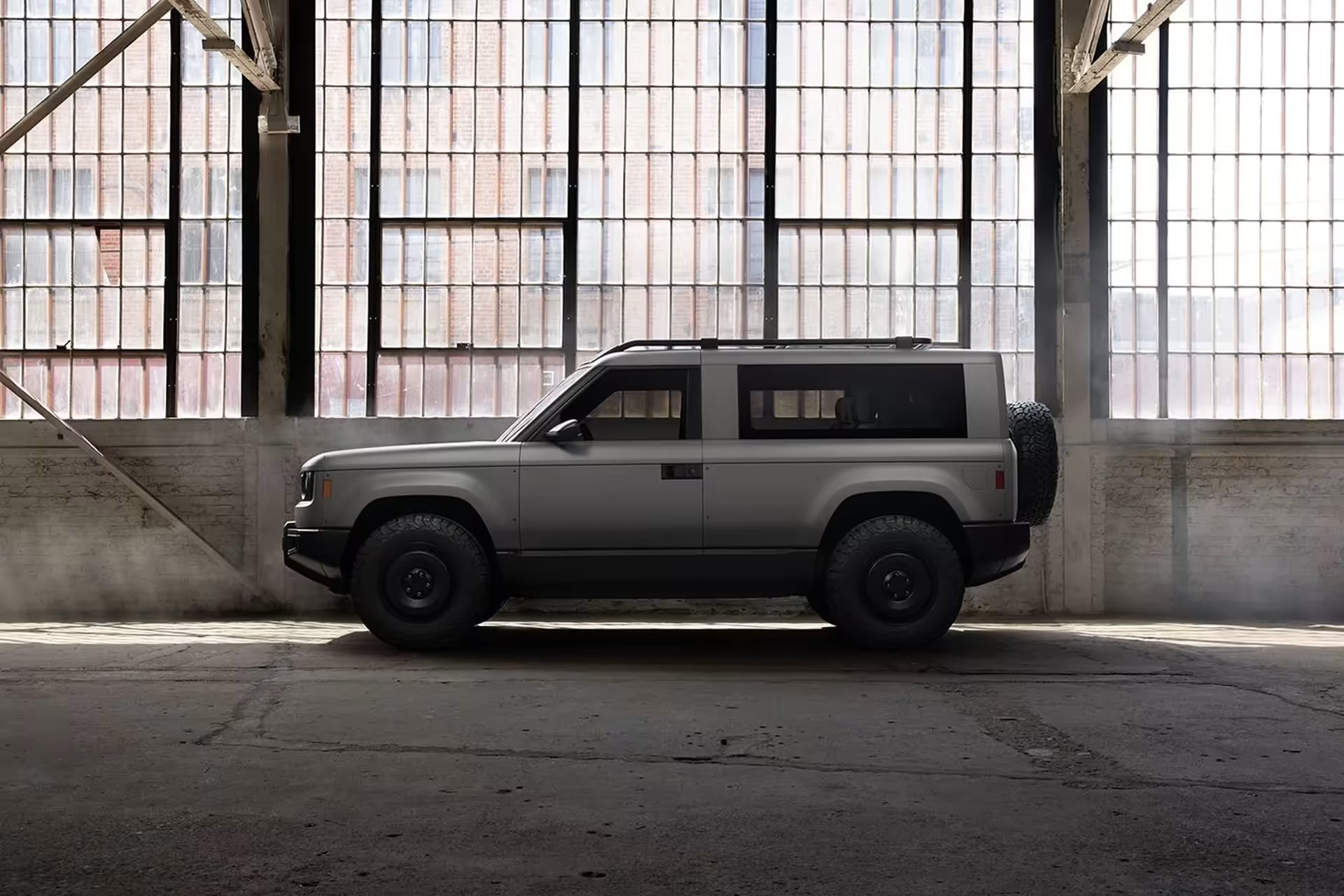
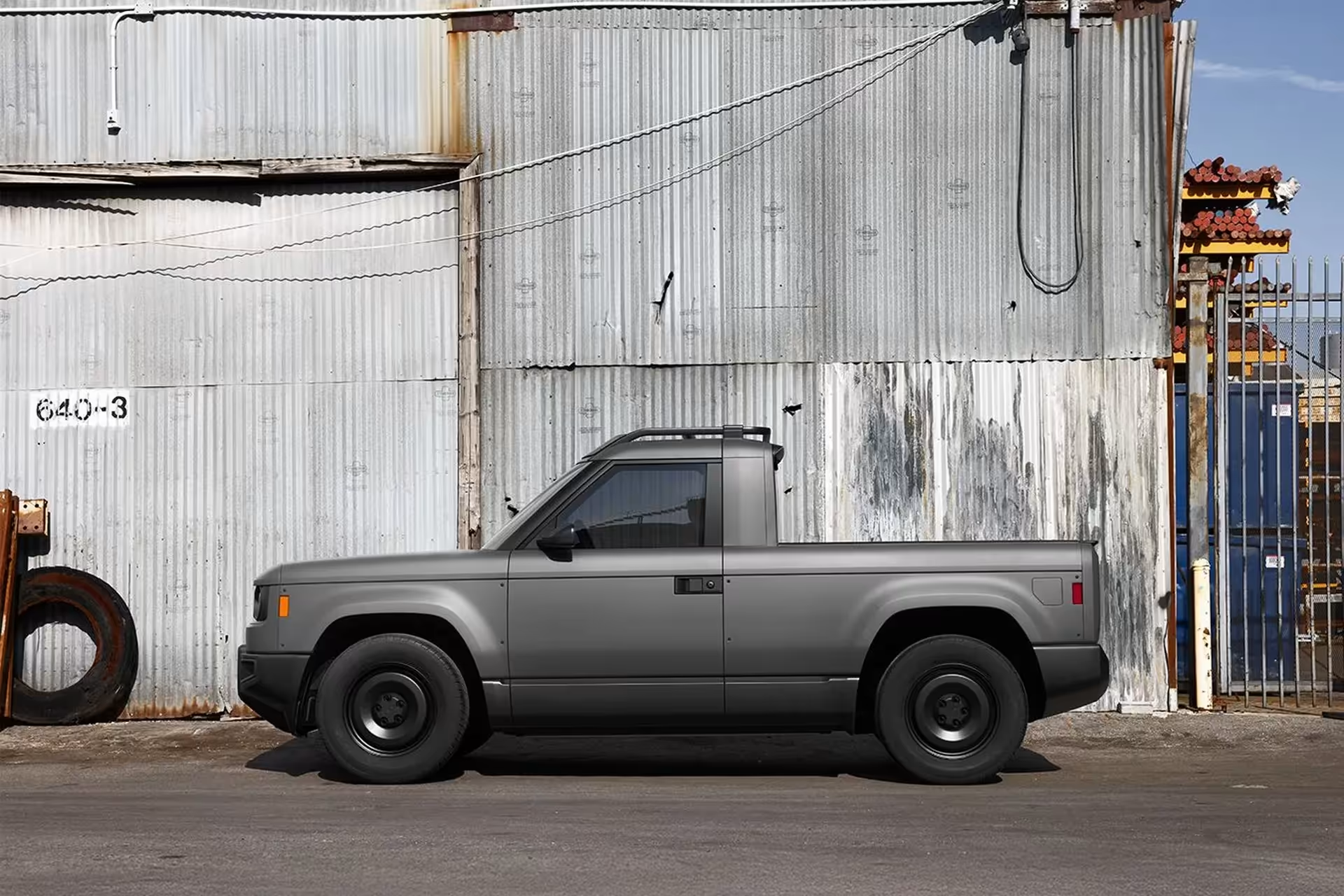



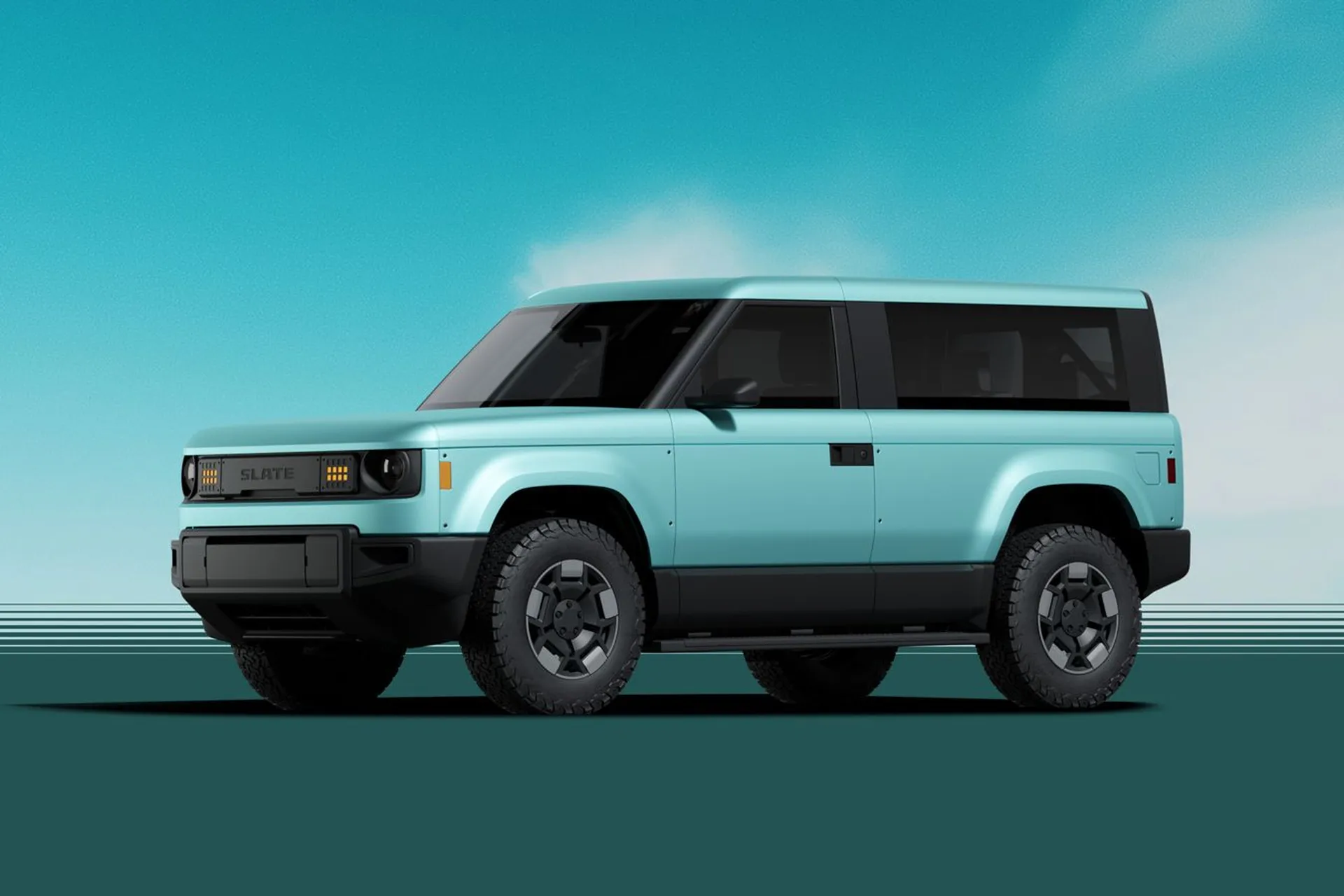
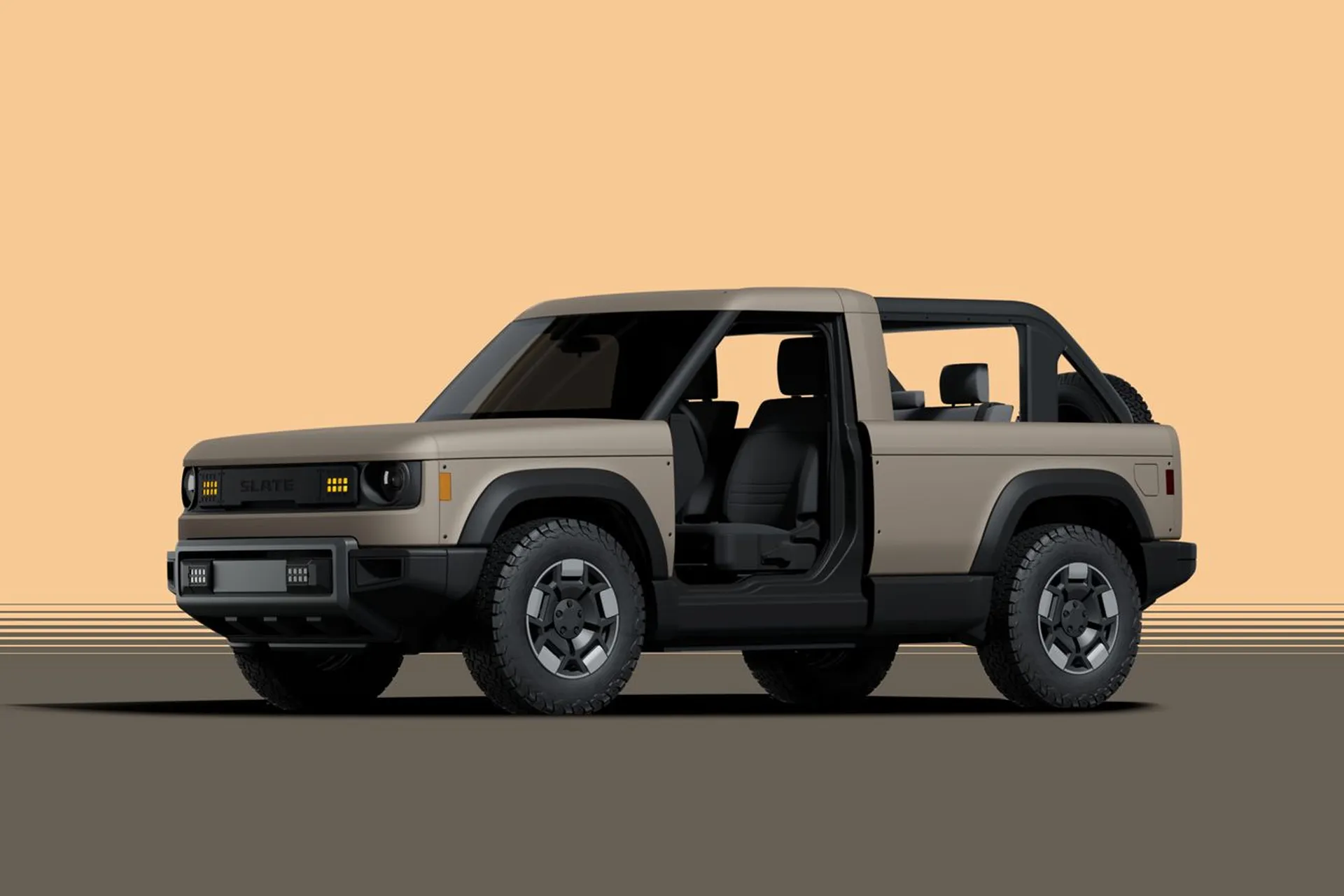

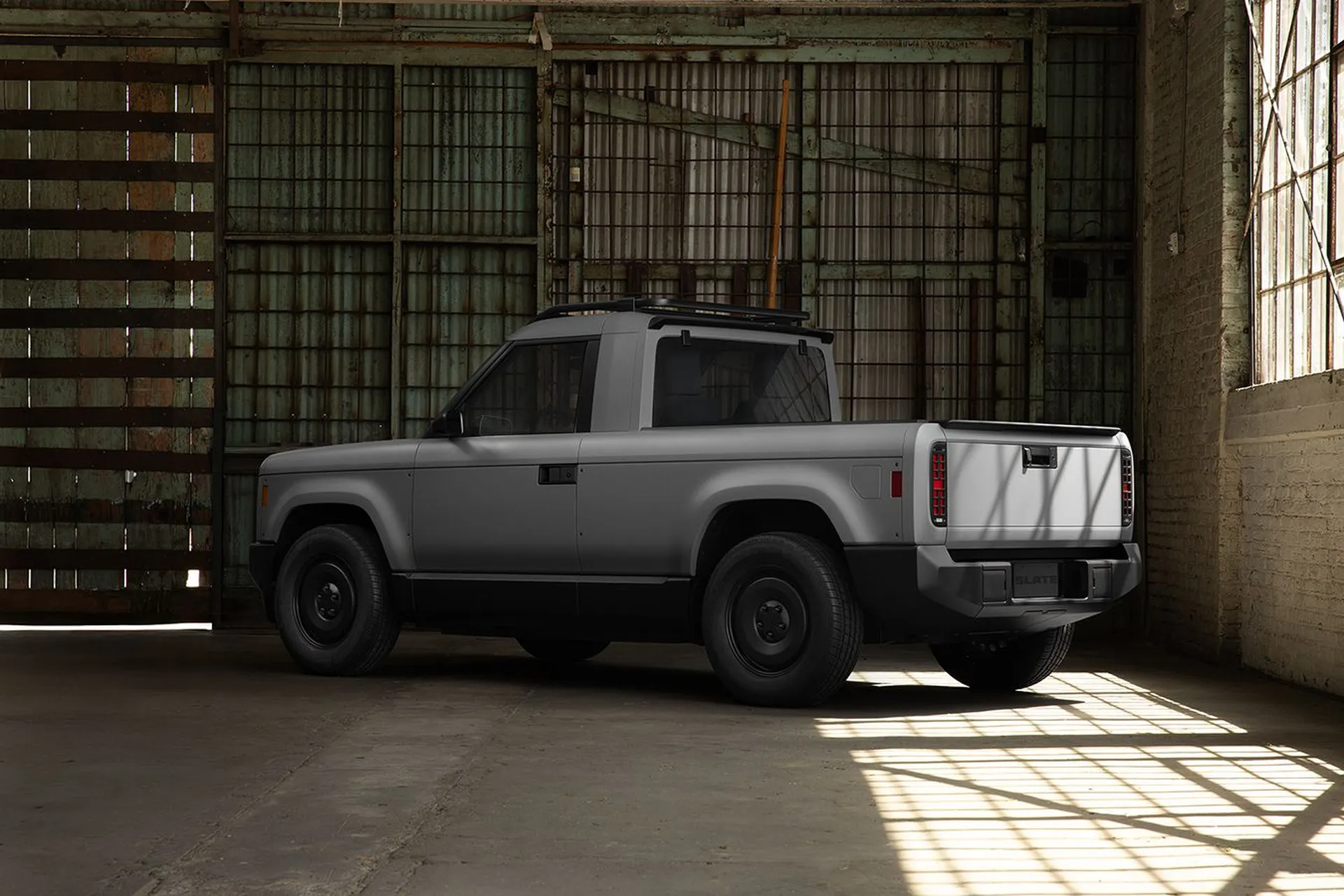

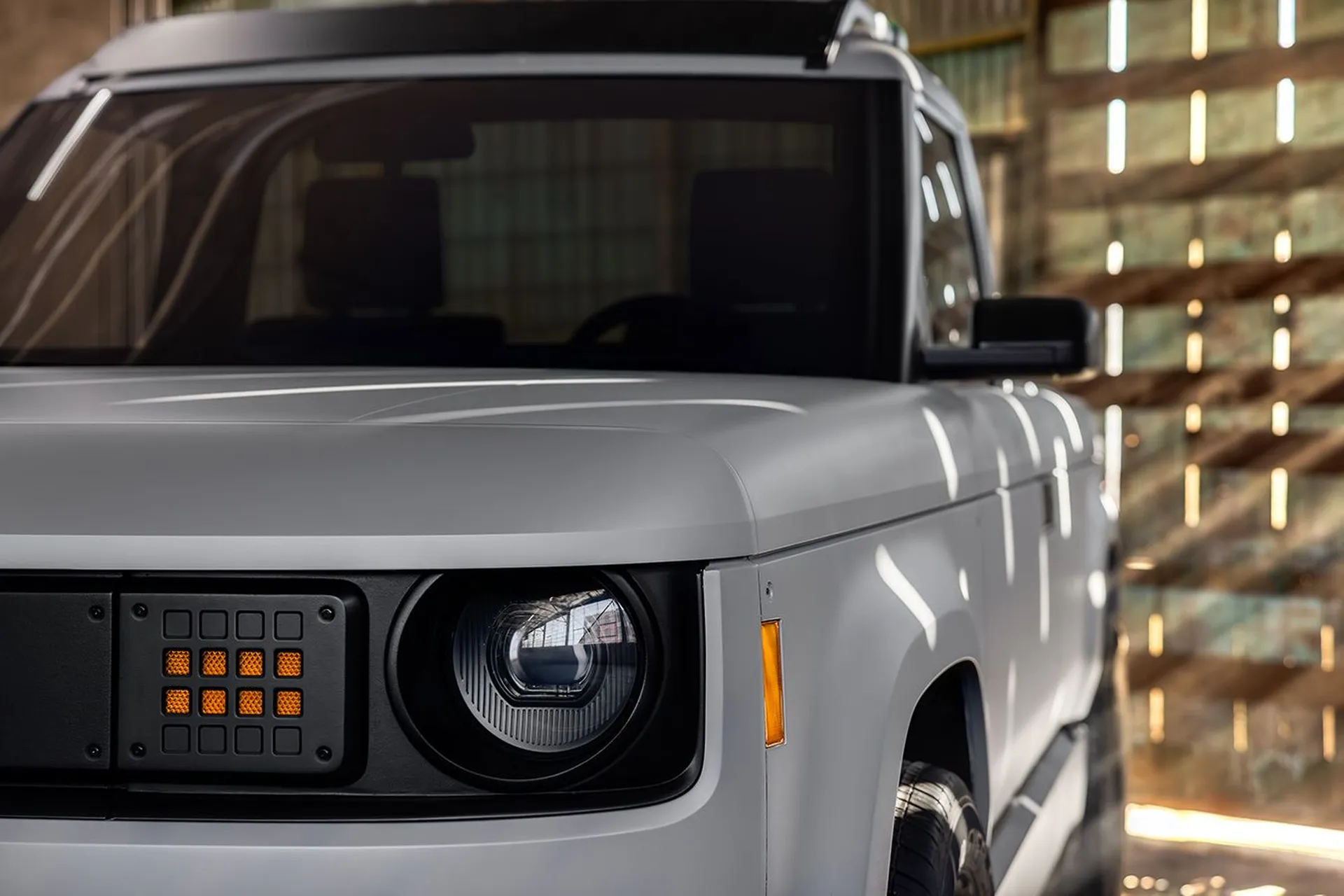
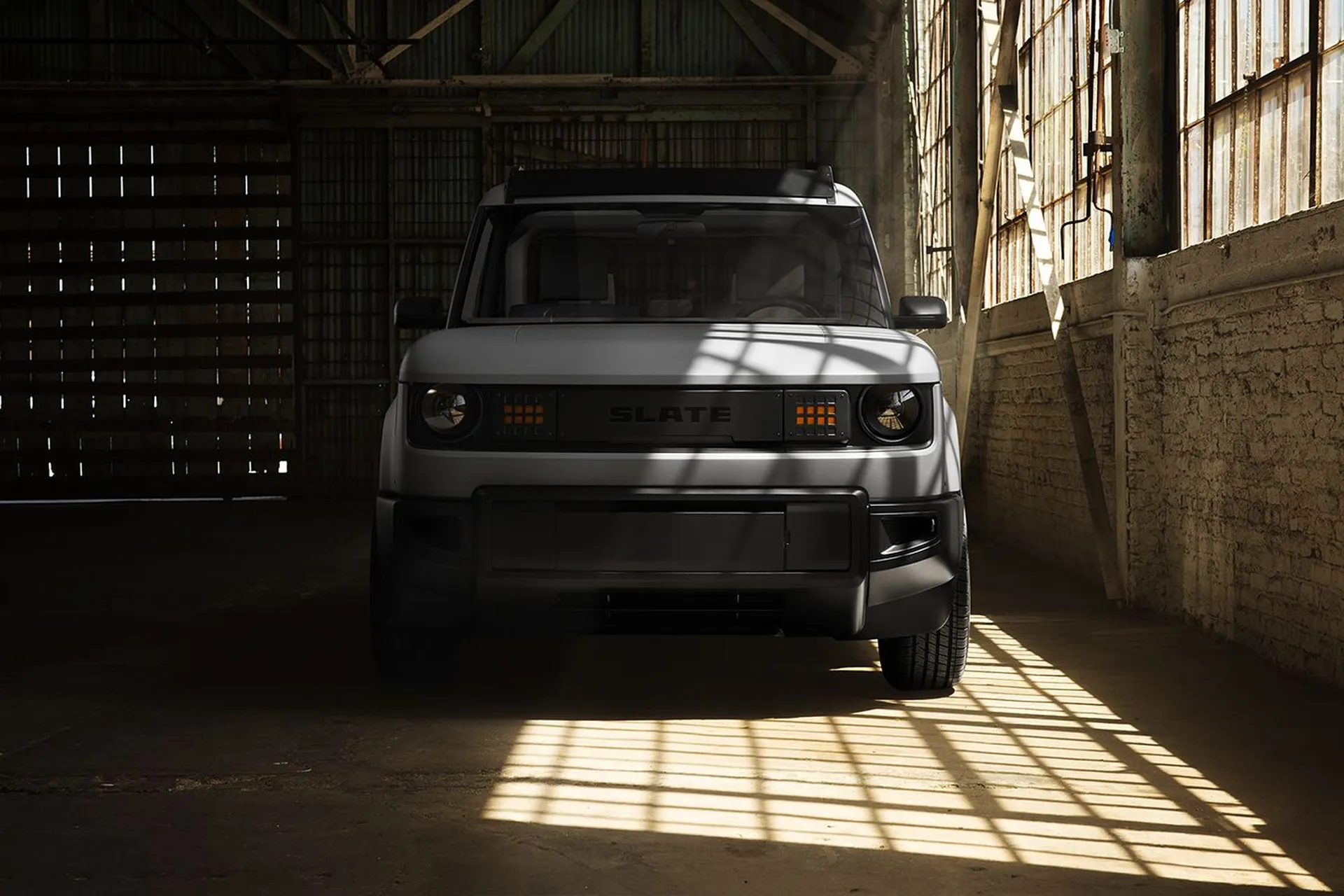

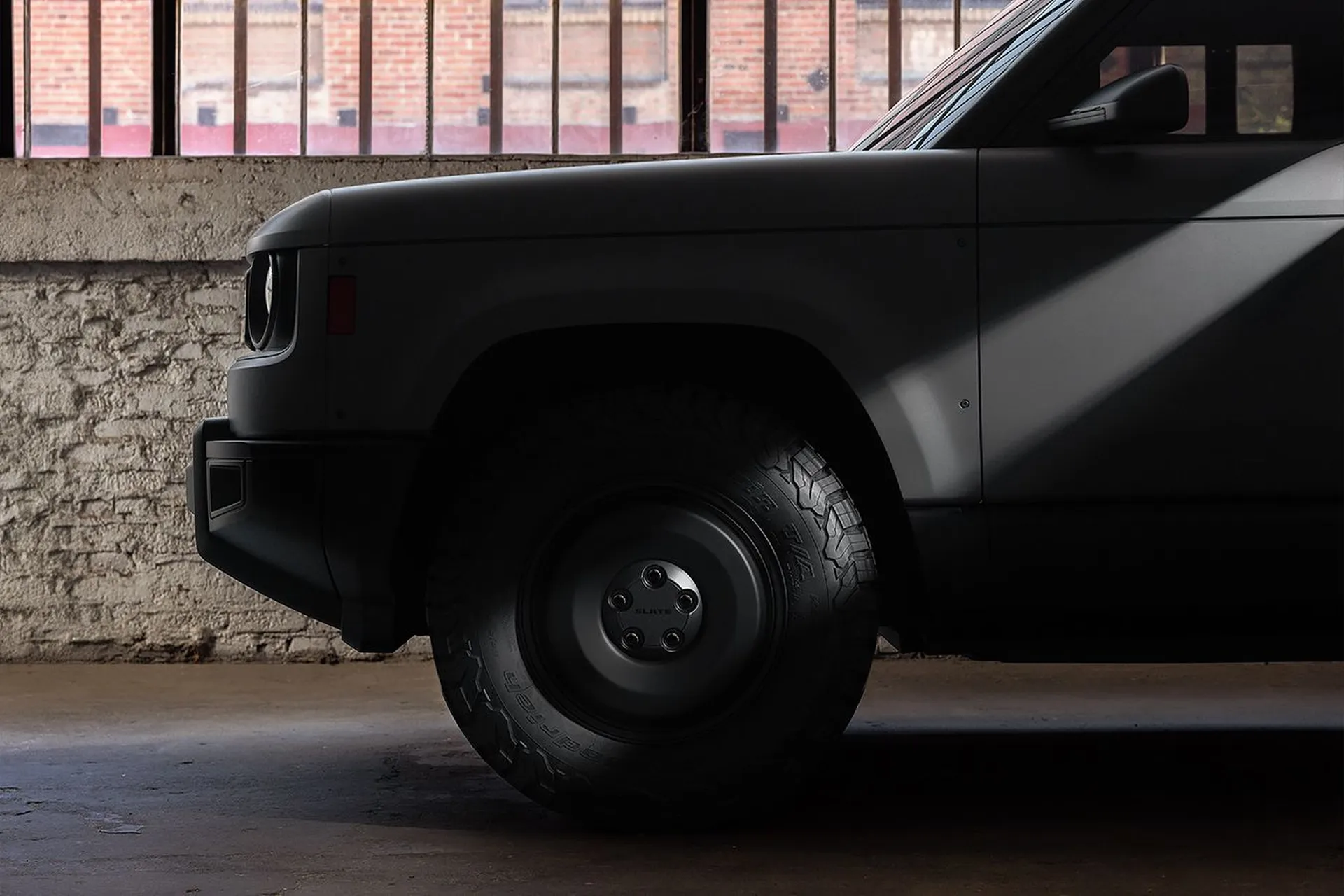
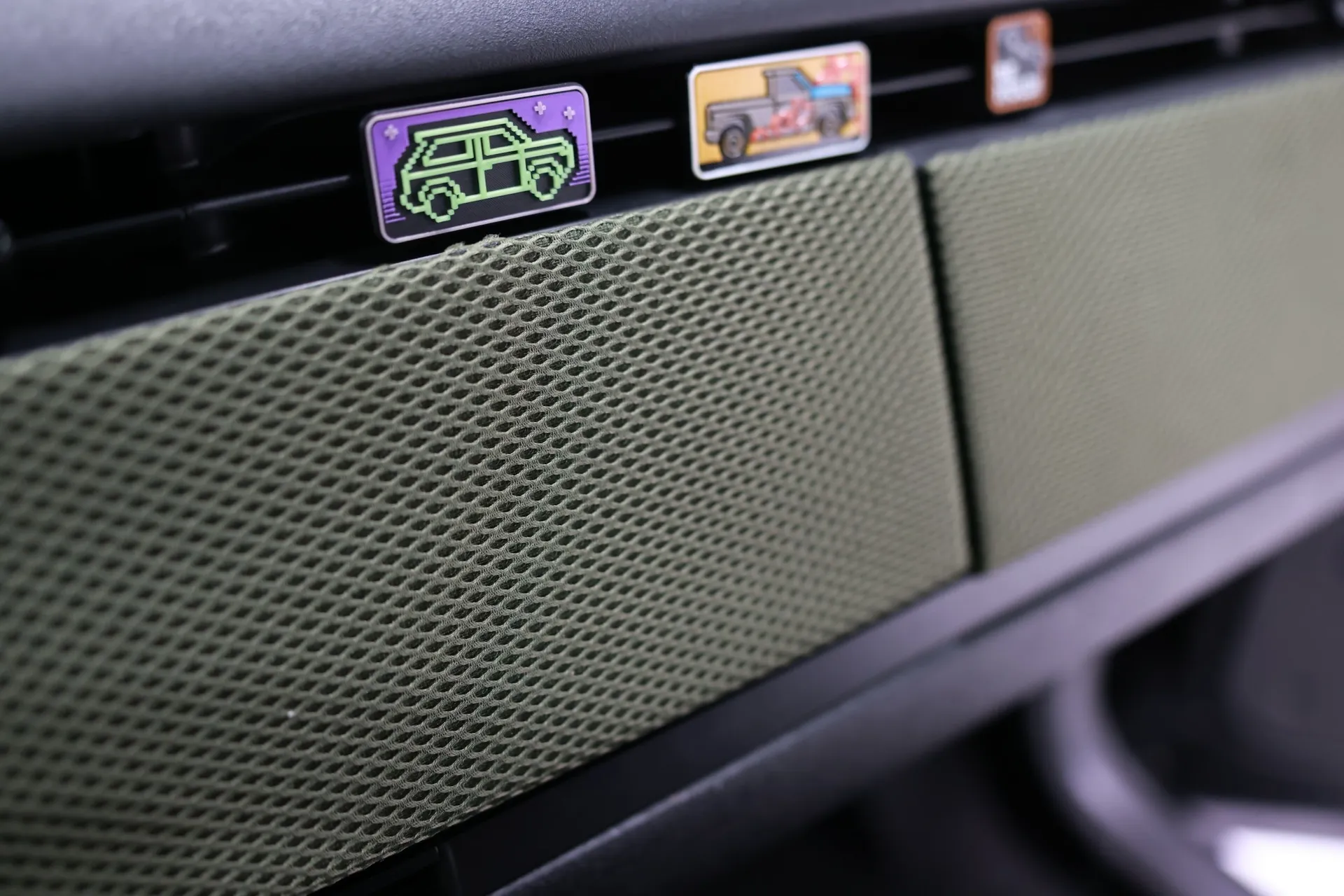
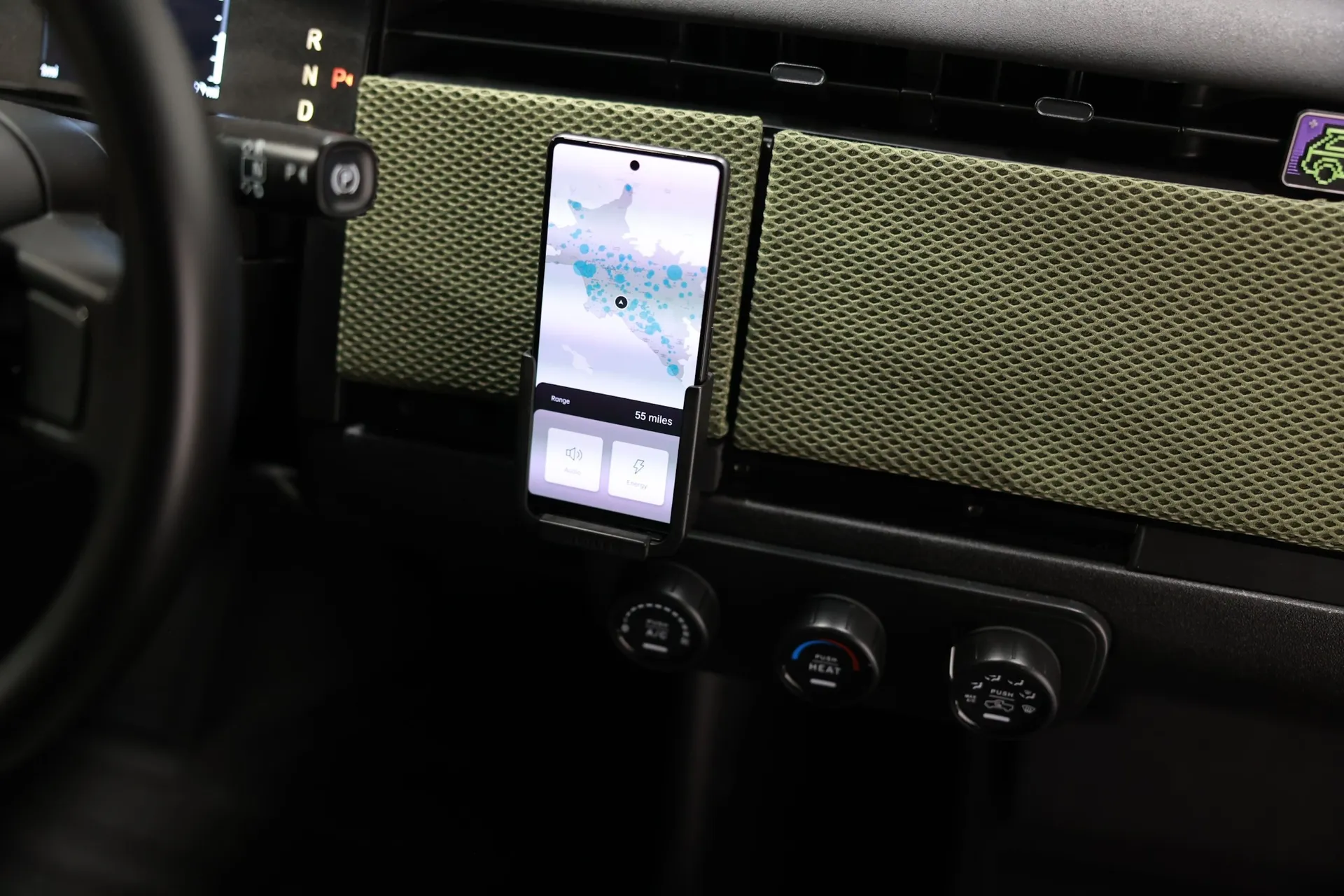
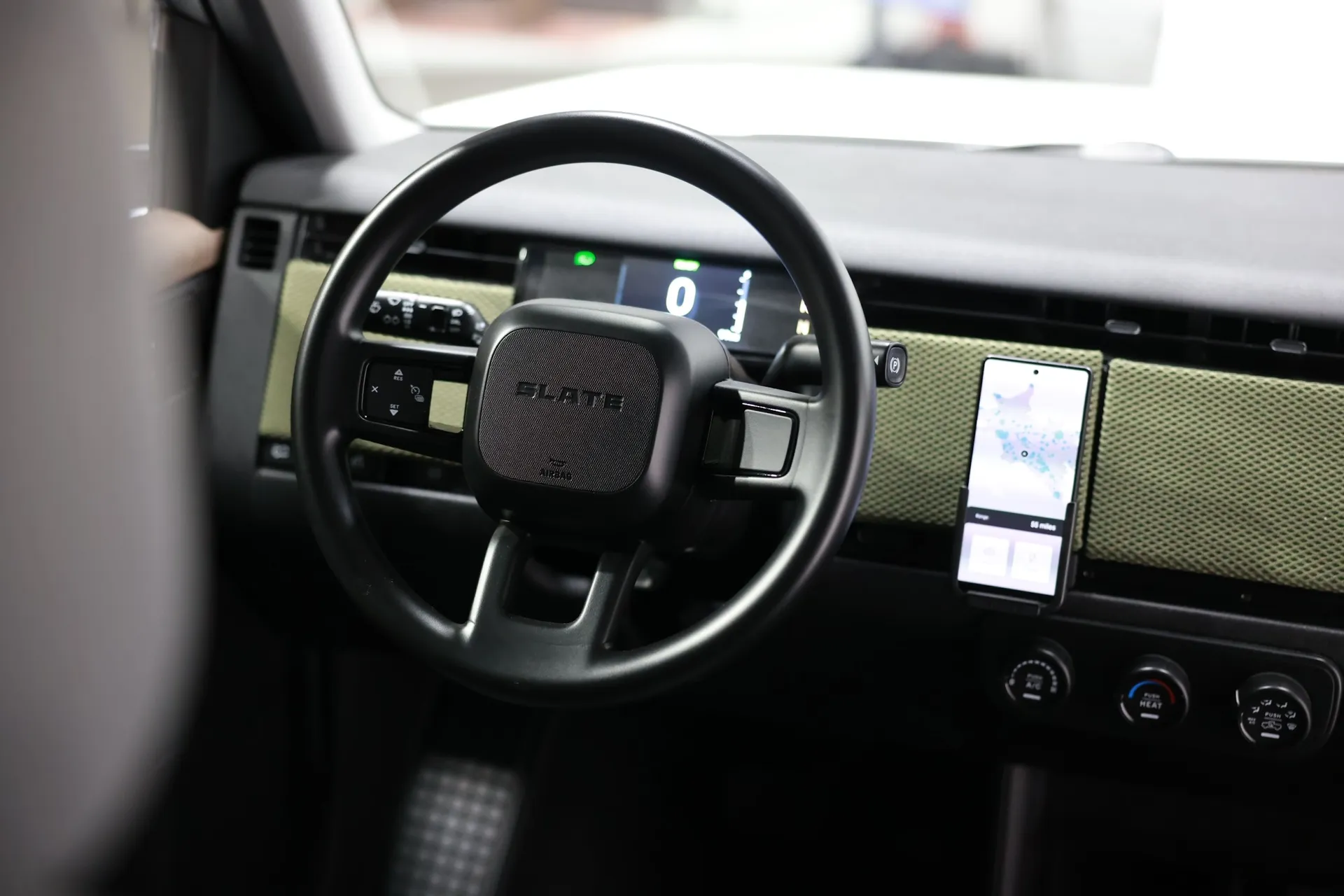
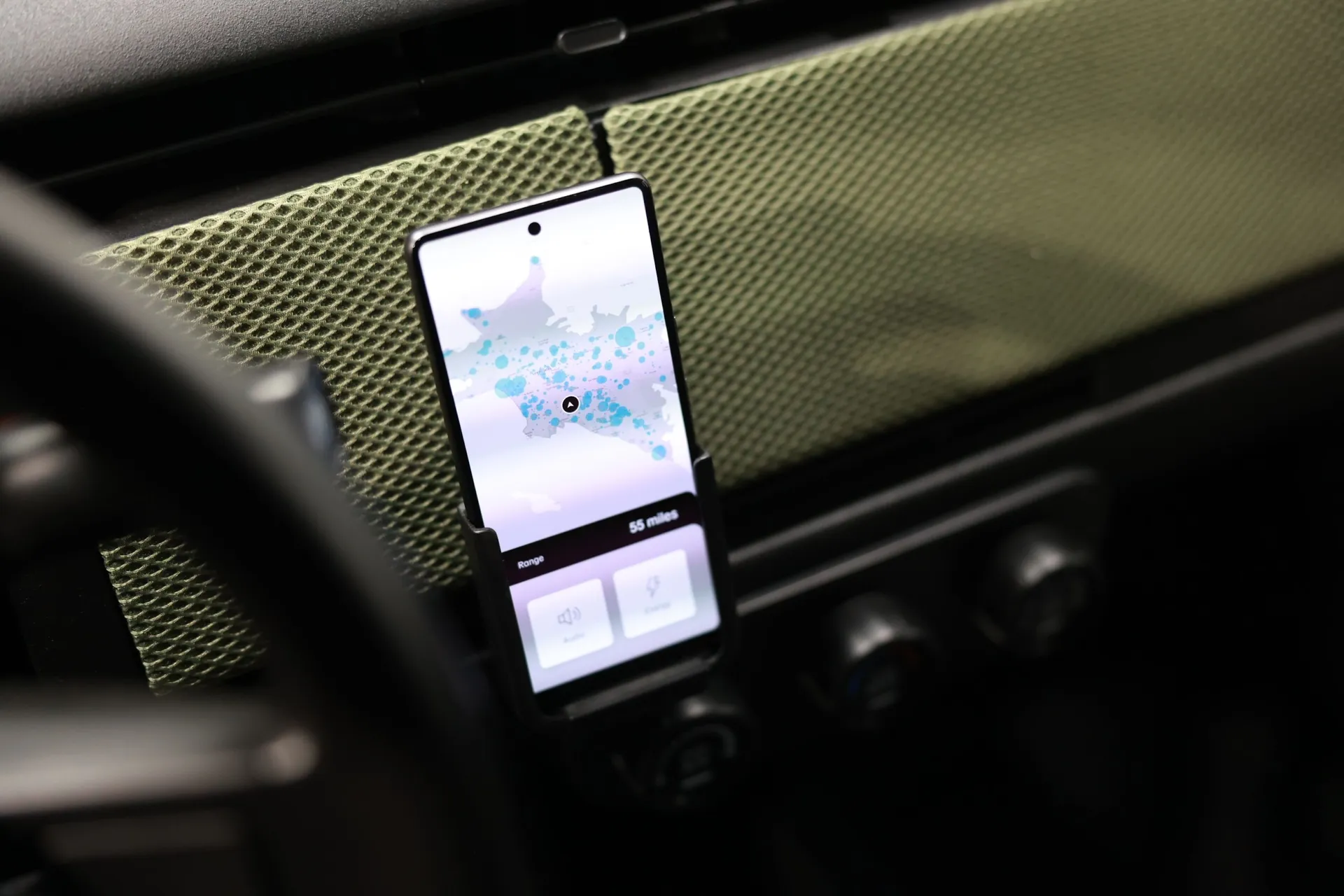
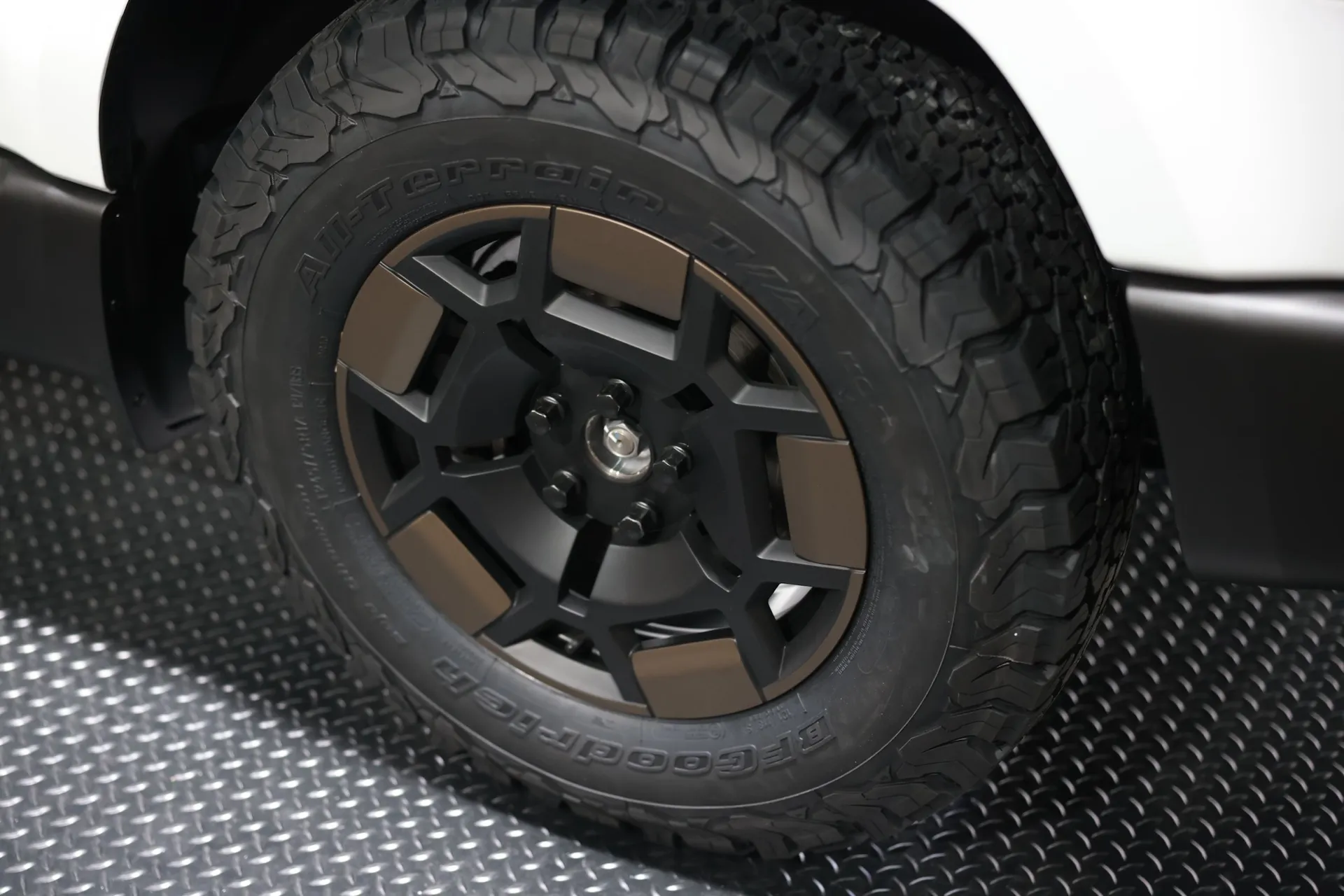

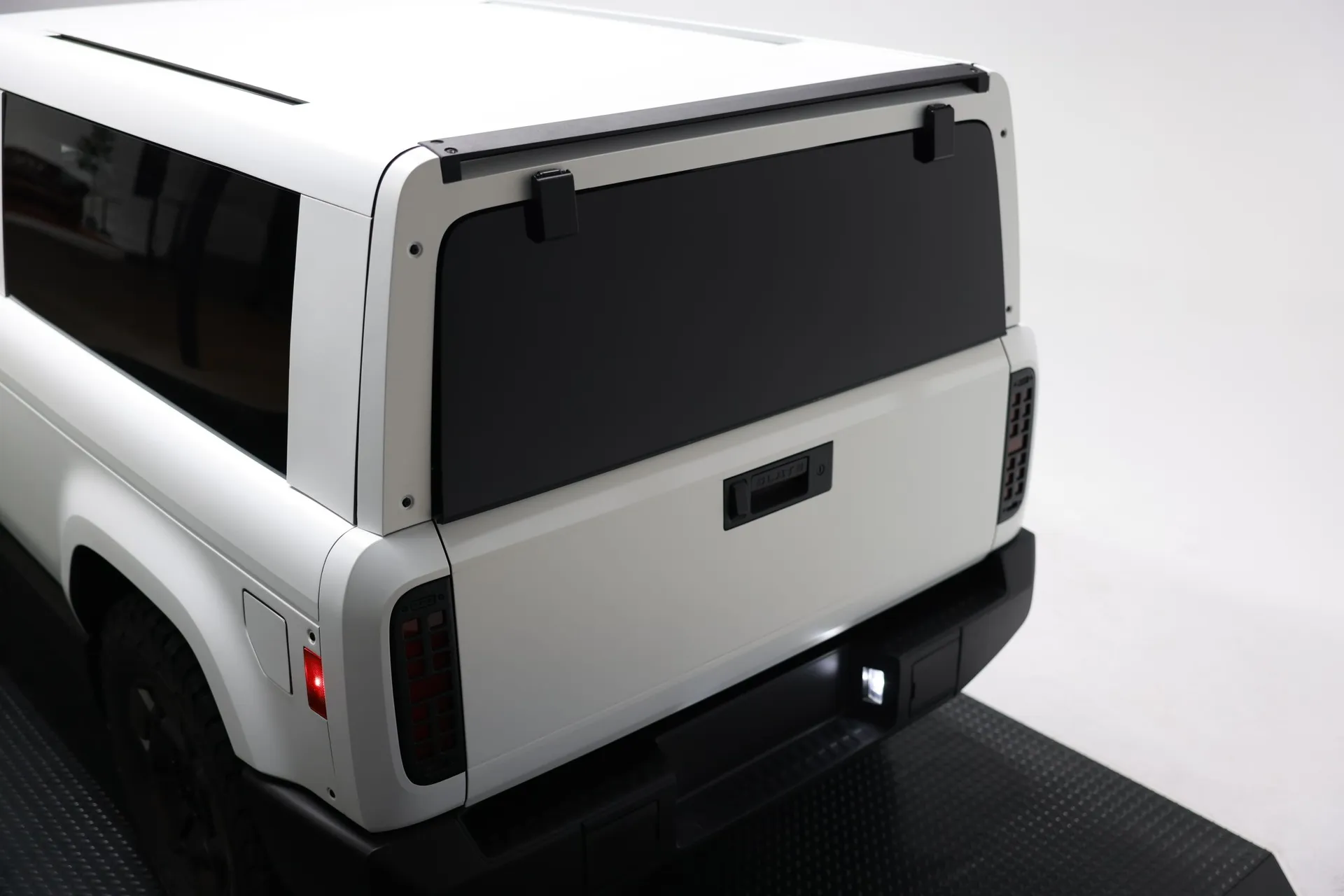




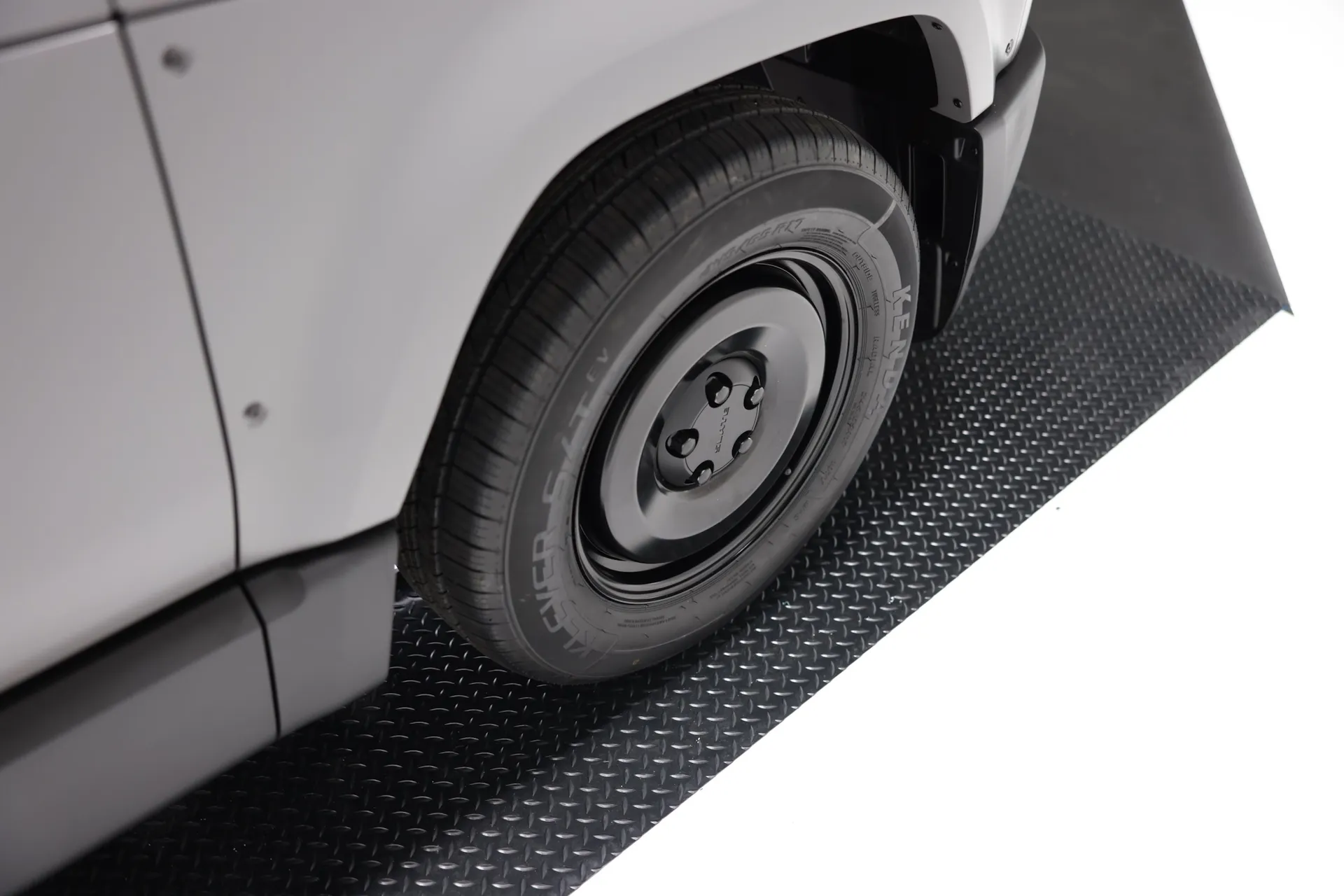
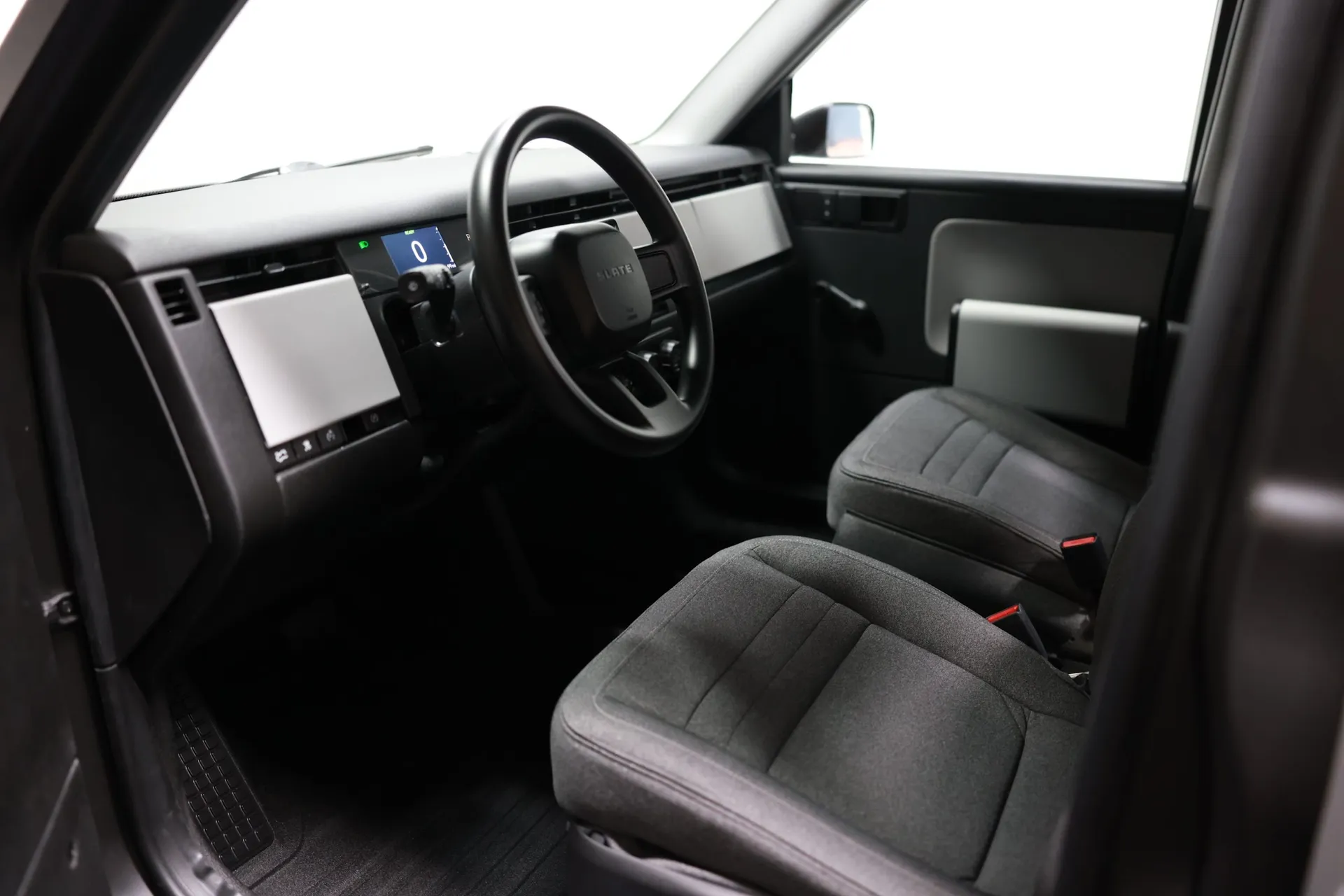
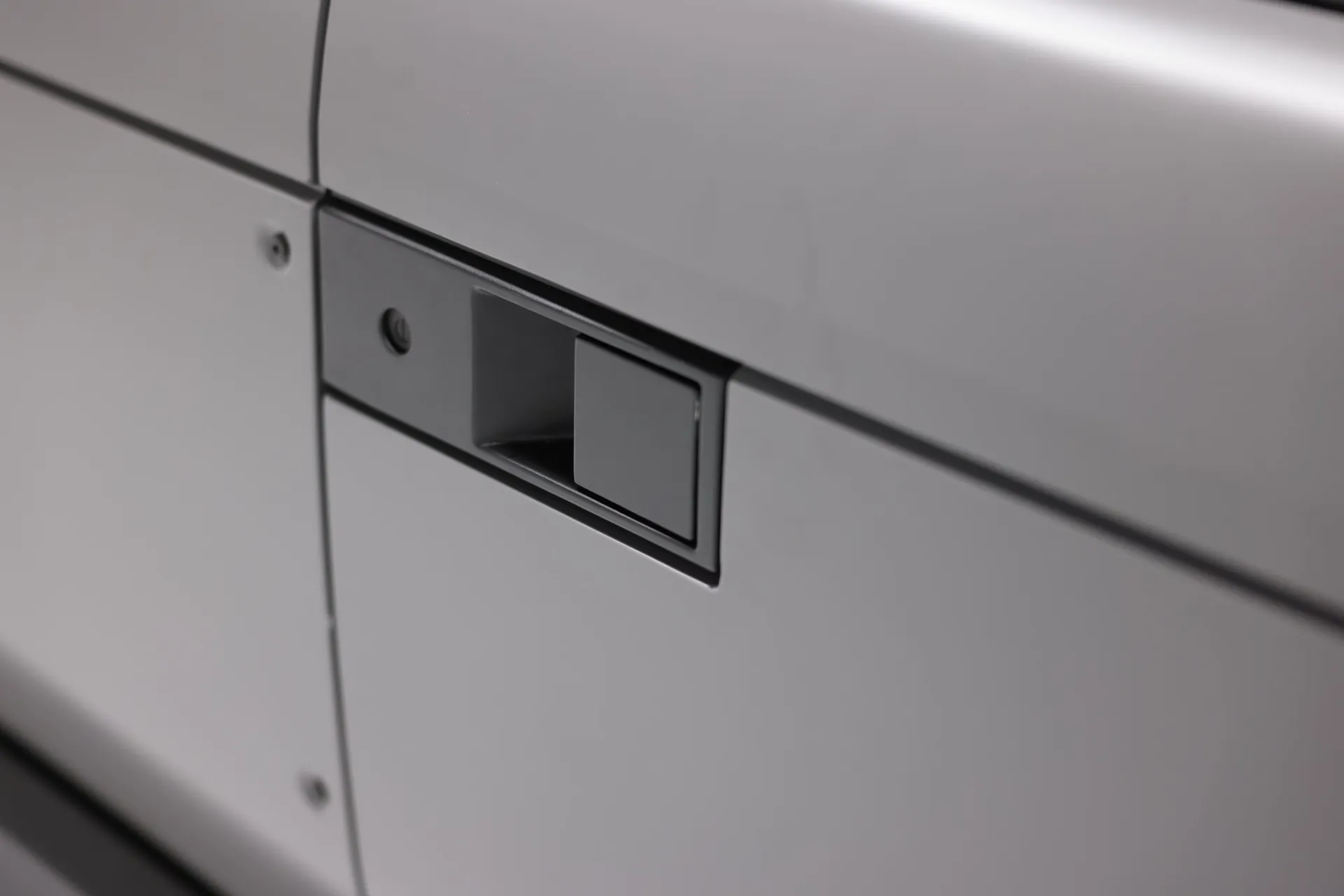

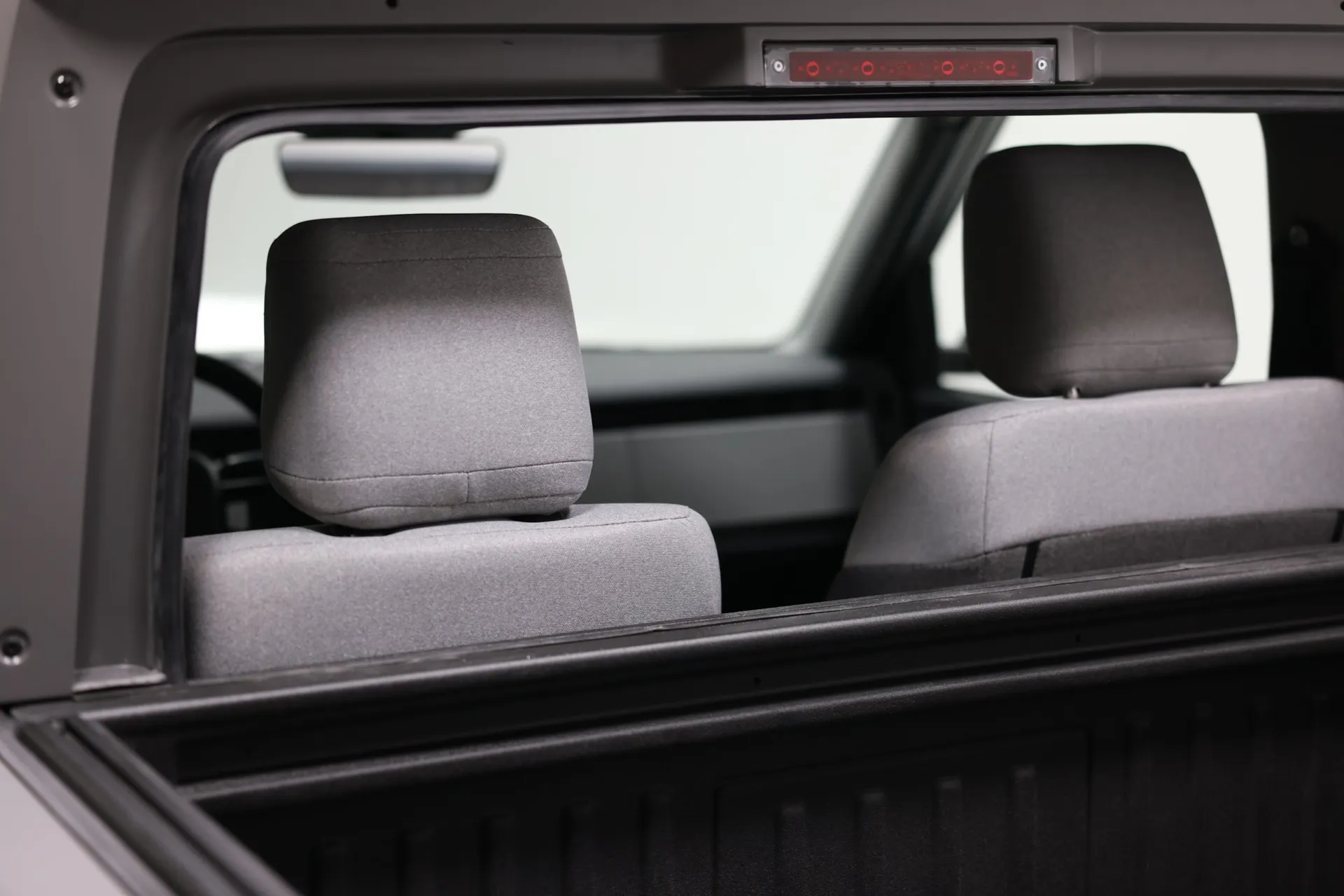
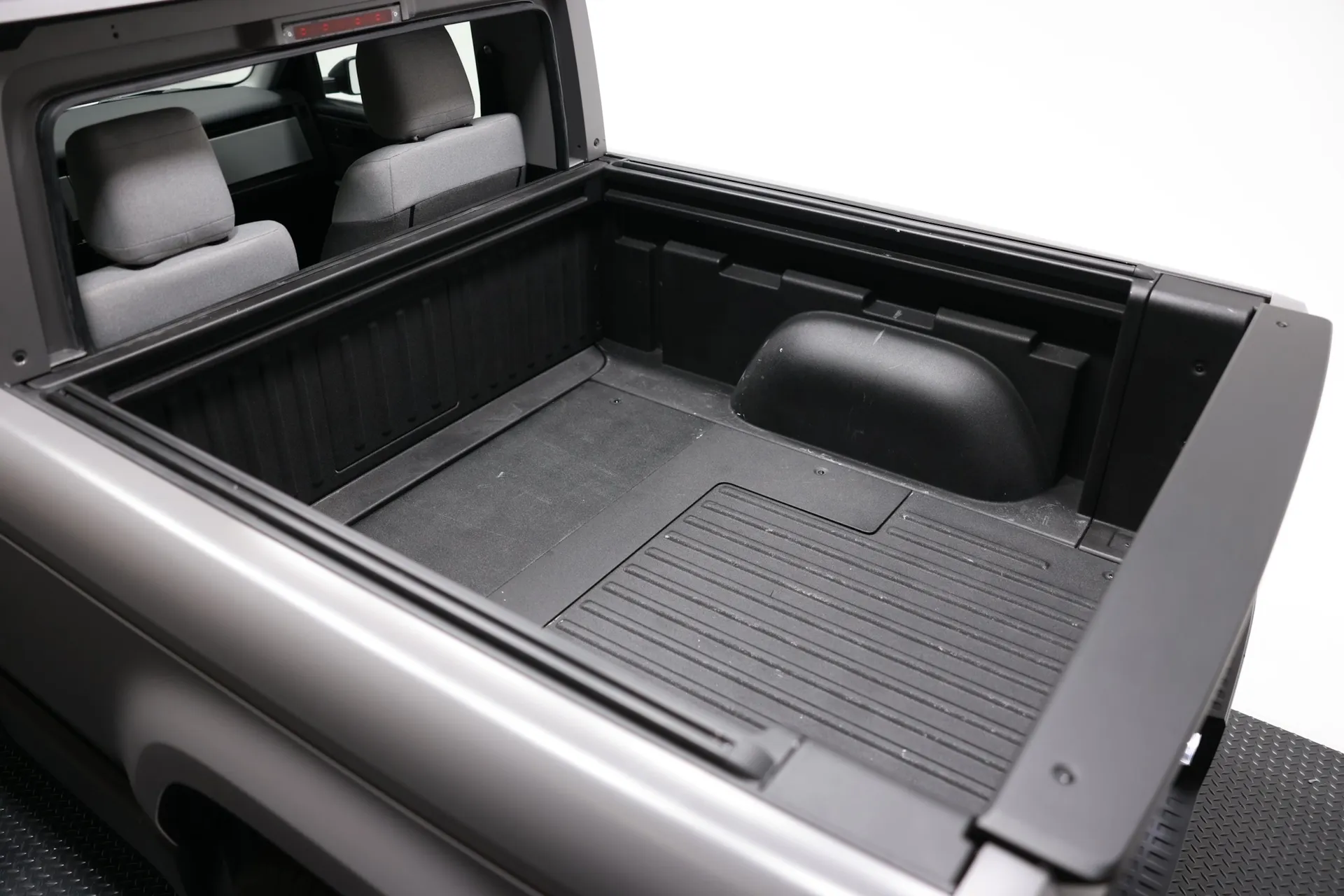
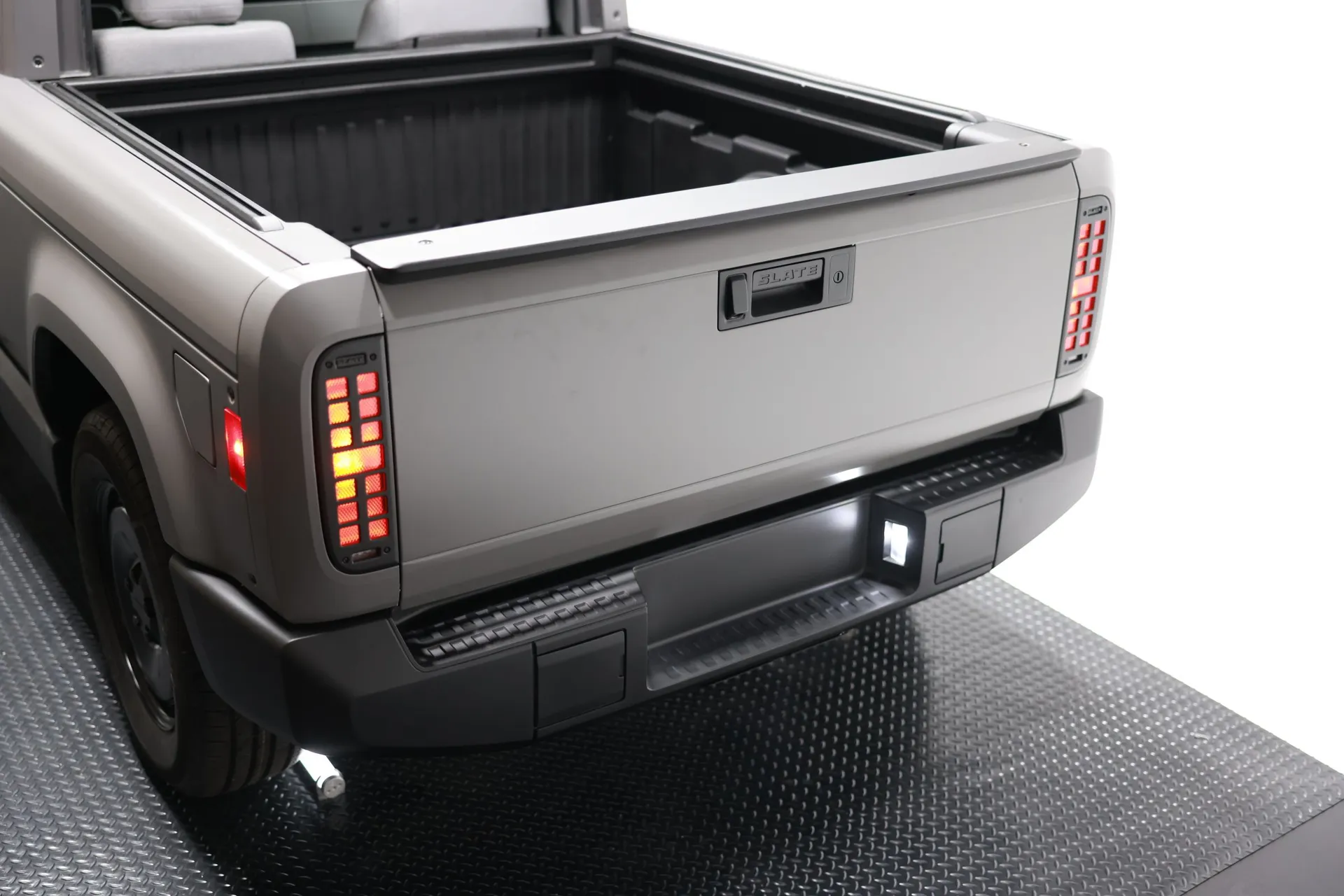
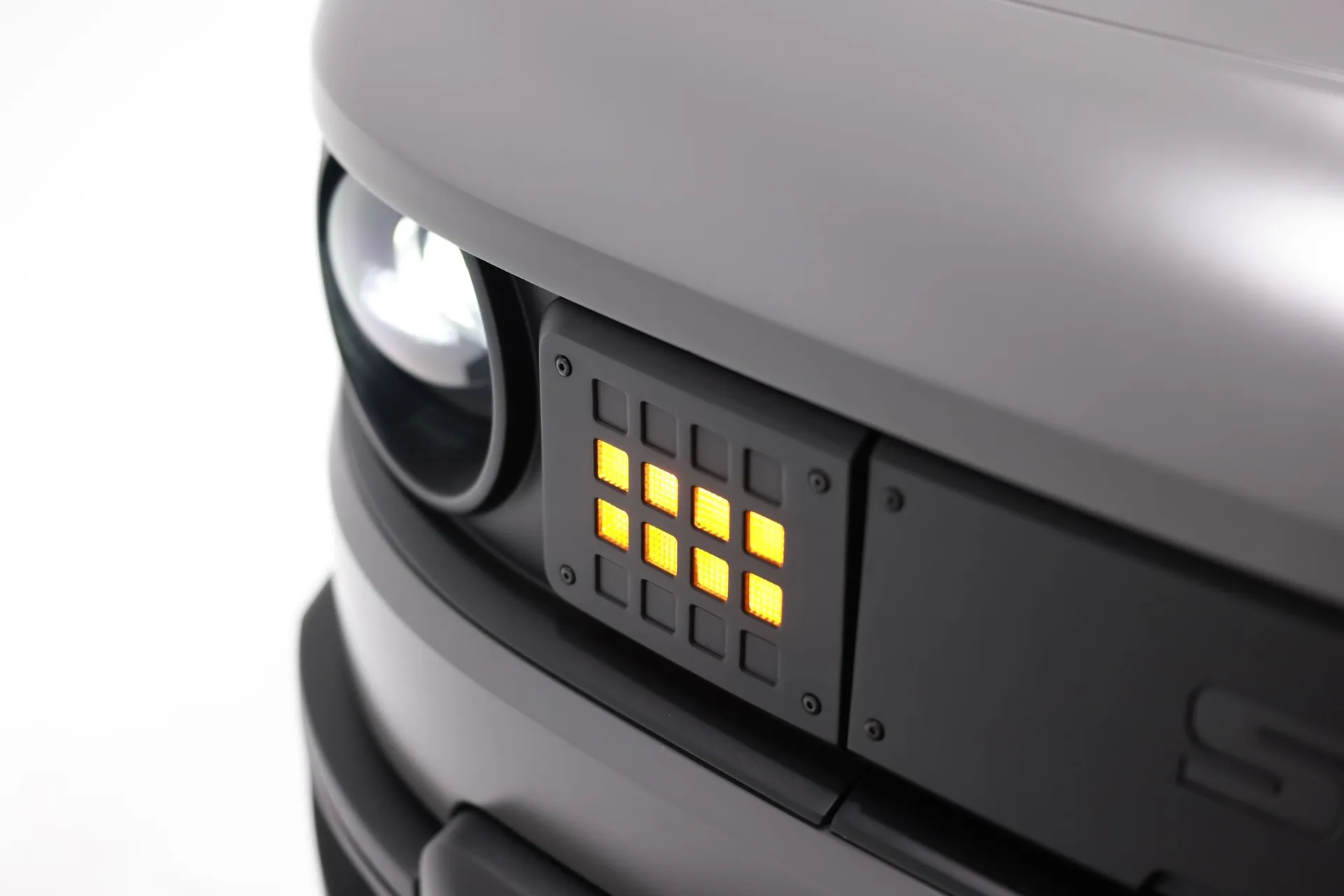
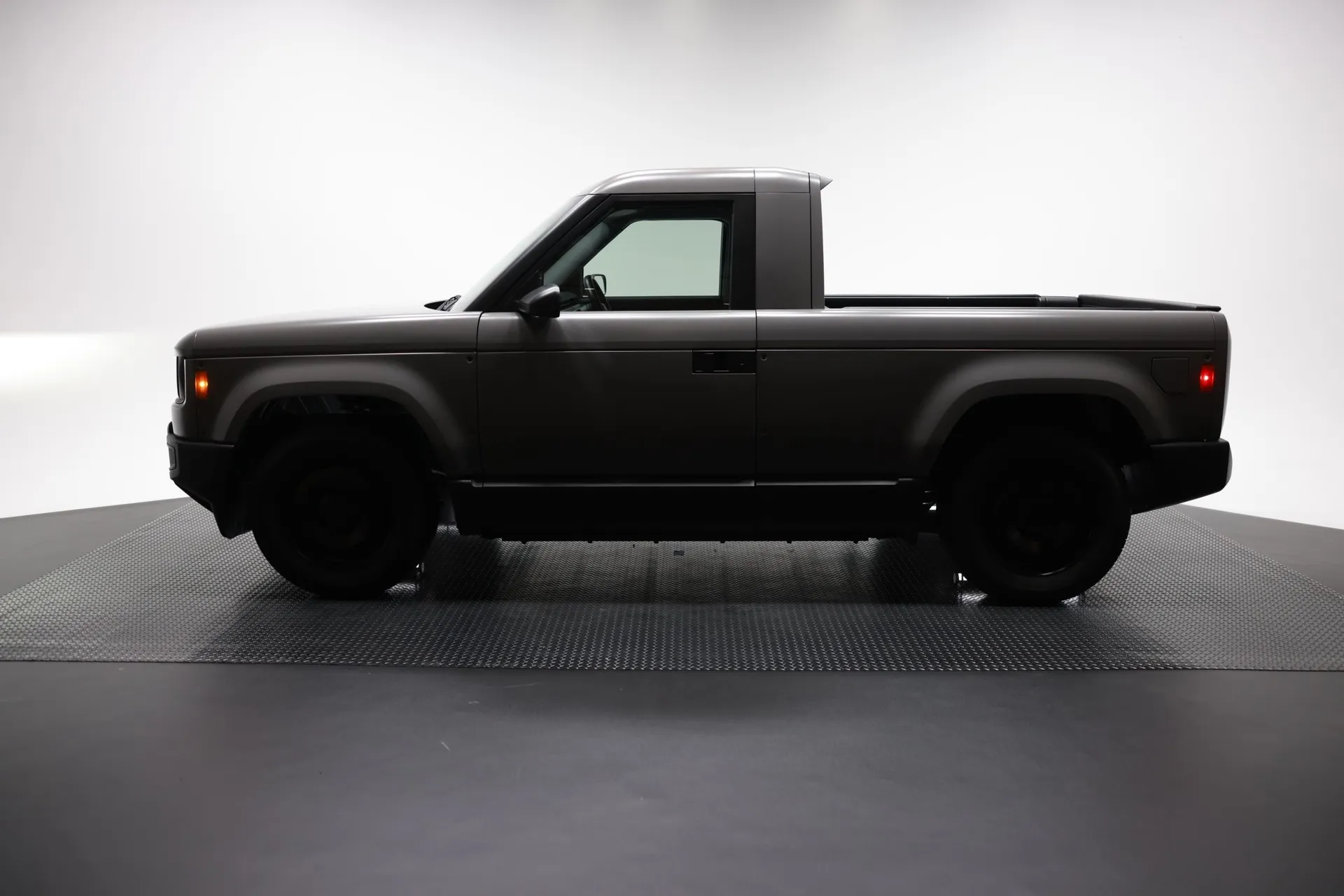
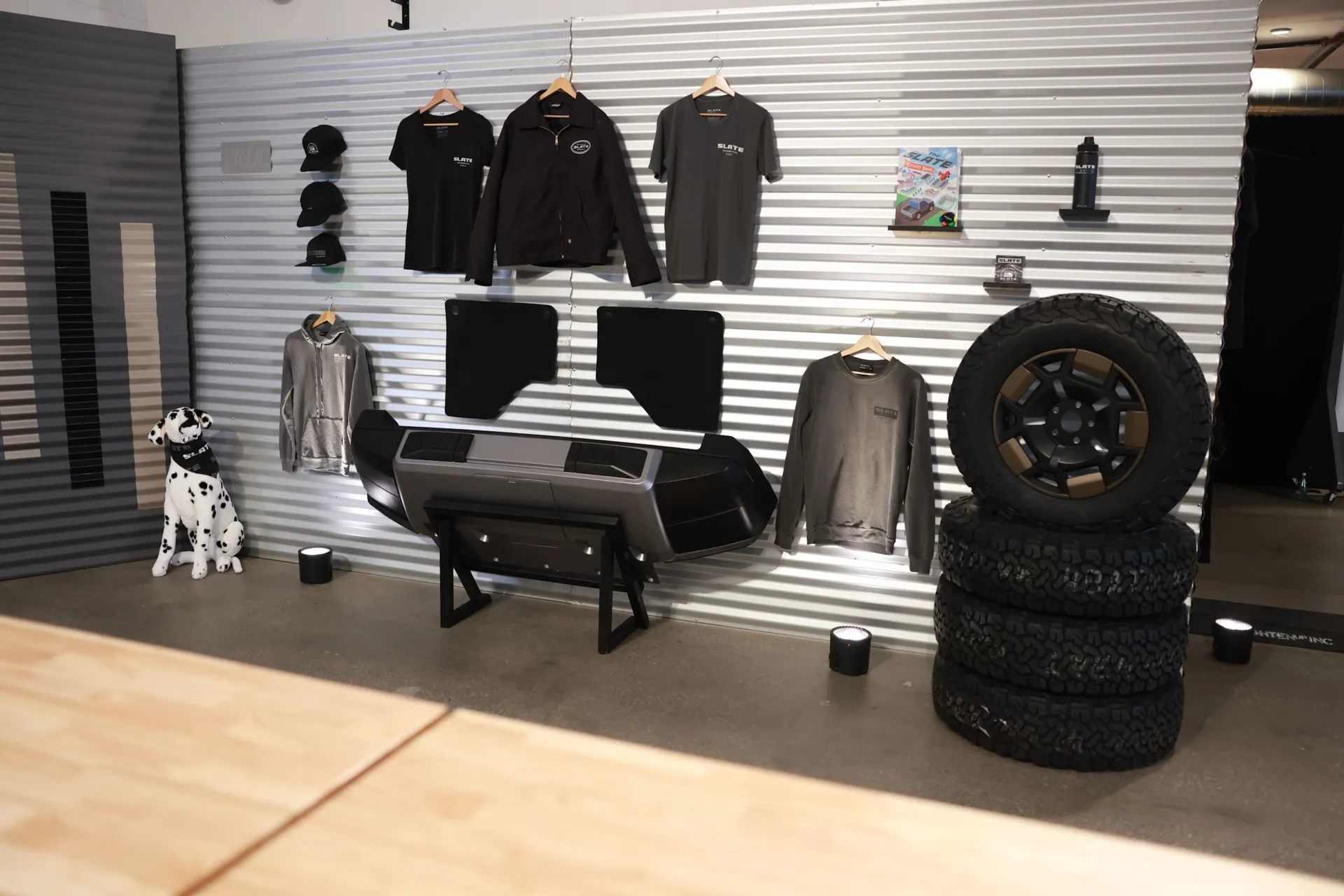
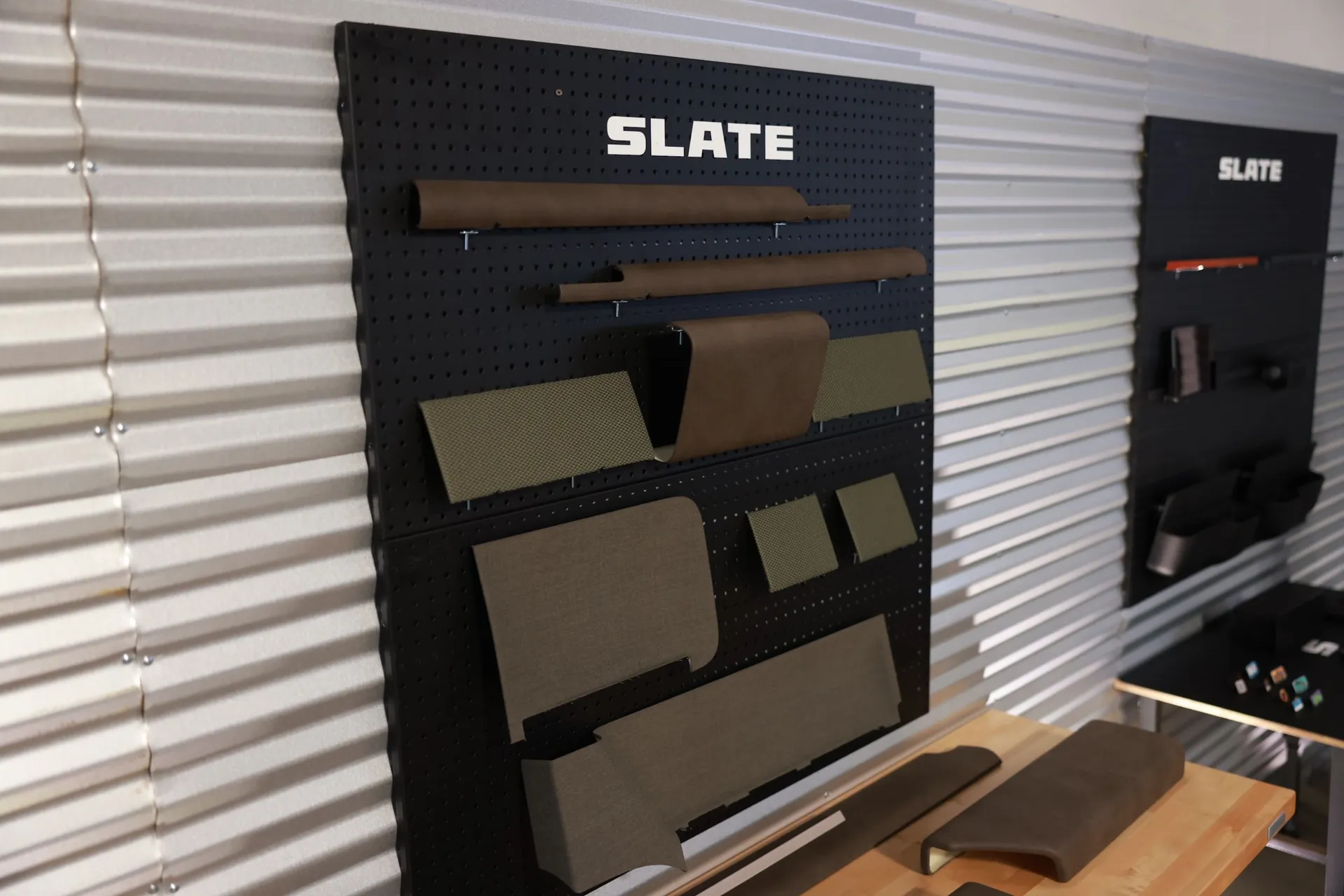
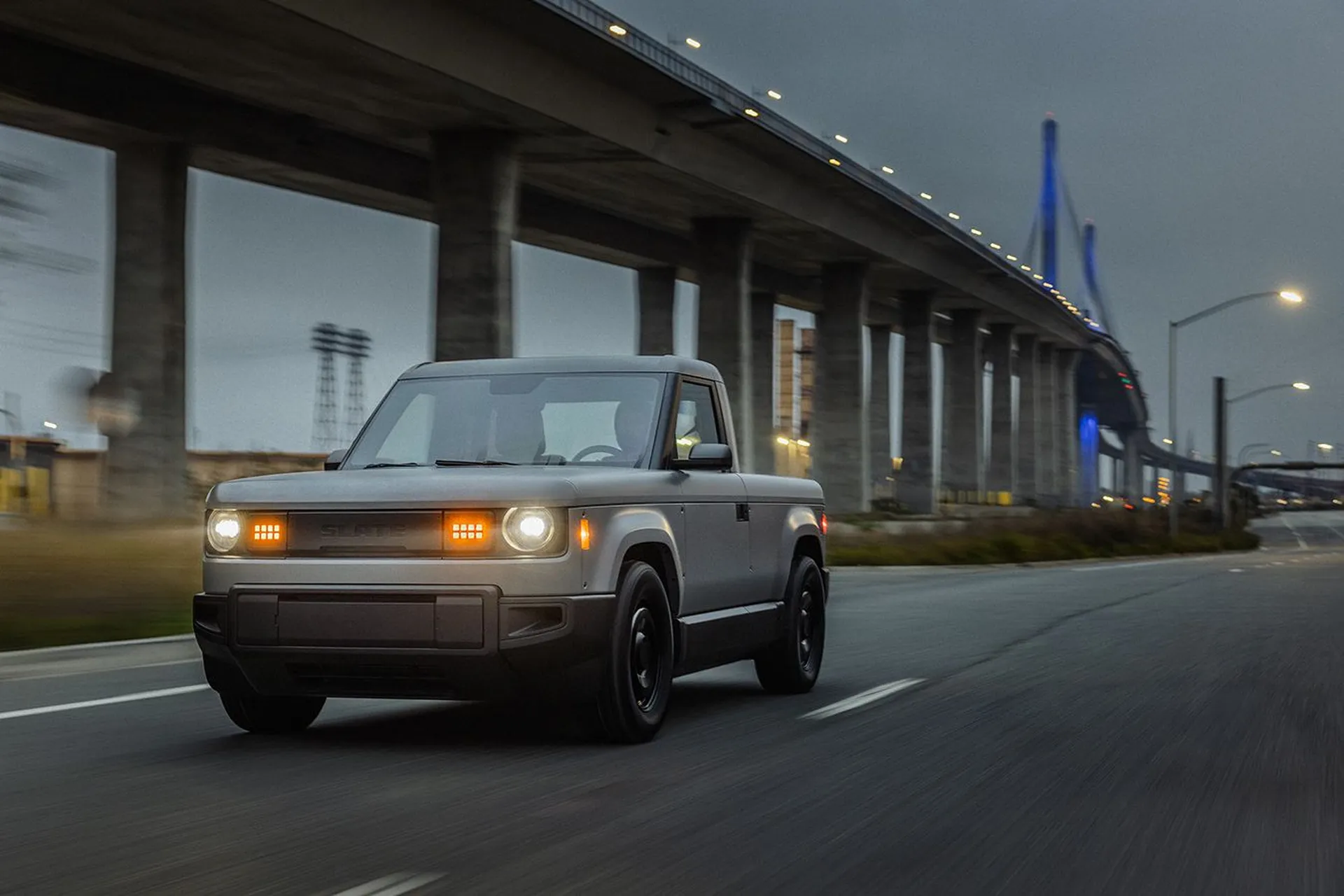
Author: Fabio Isidoro
Founder and editor-in-chief of Canal Carro, he dedicates himself to exploring the automotive universe with depth and passion. A car and technology enthusiast, he produces technical content and in-depth analyses of national and international vehicles, combining quality information with a critical eye for the public.

